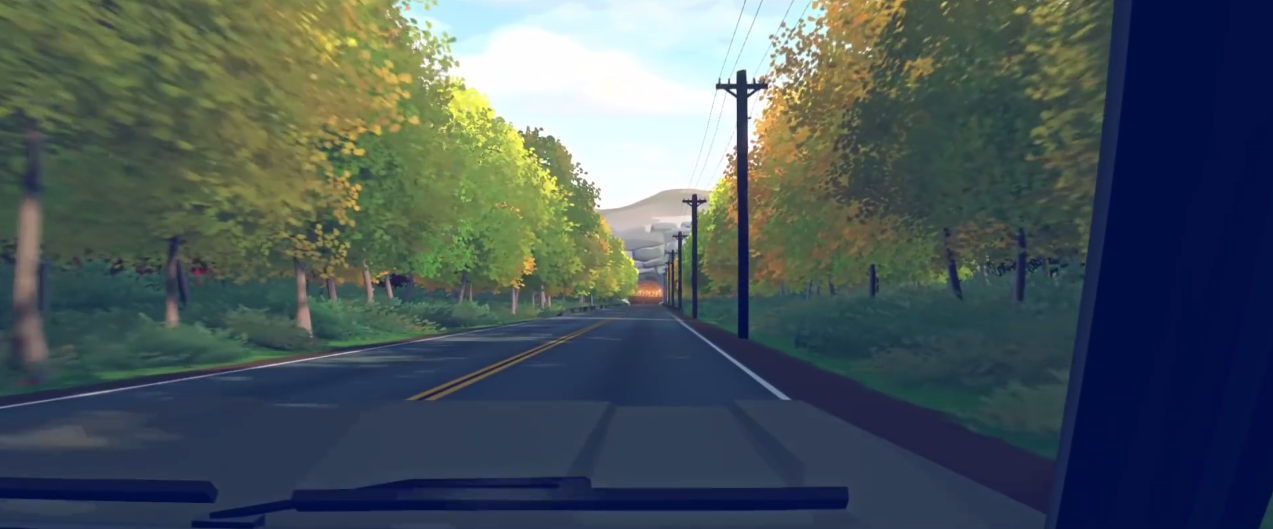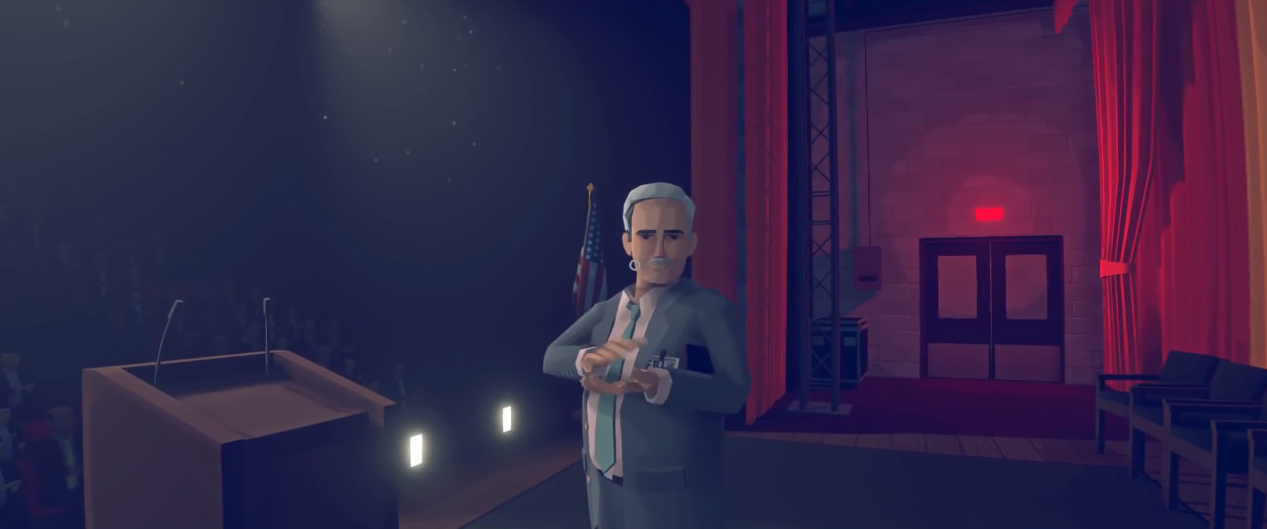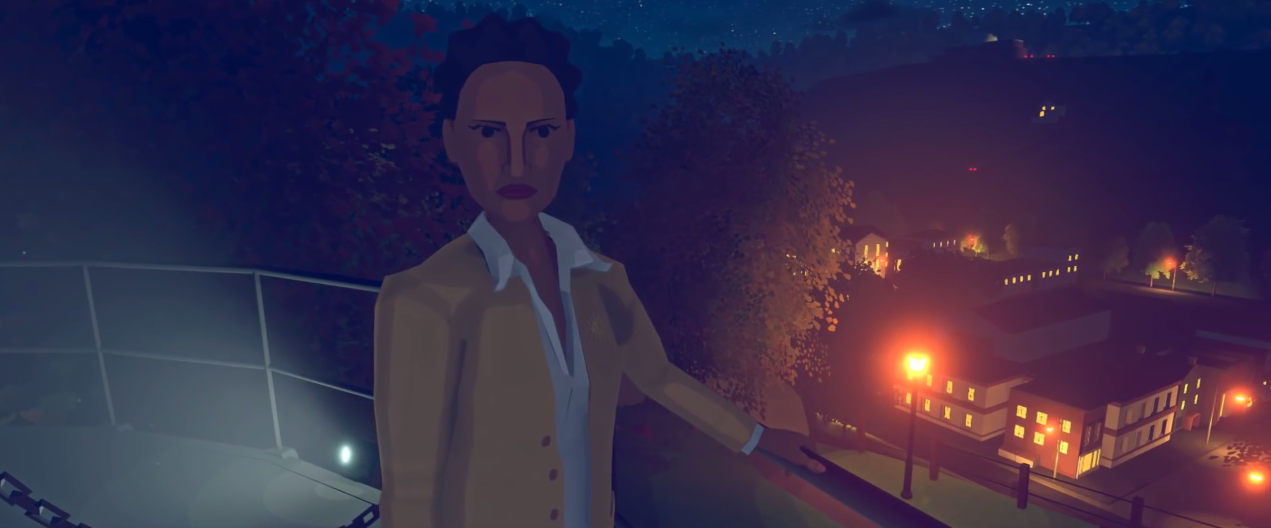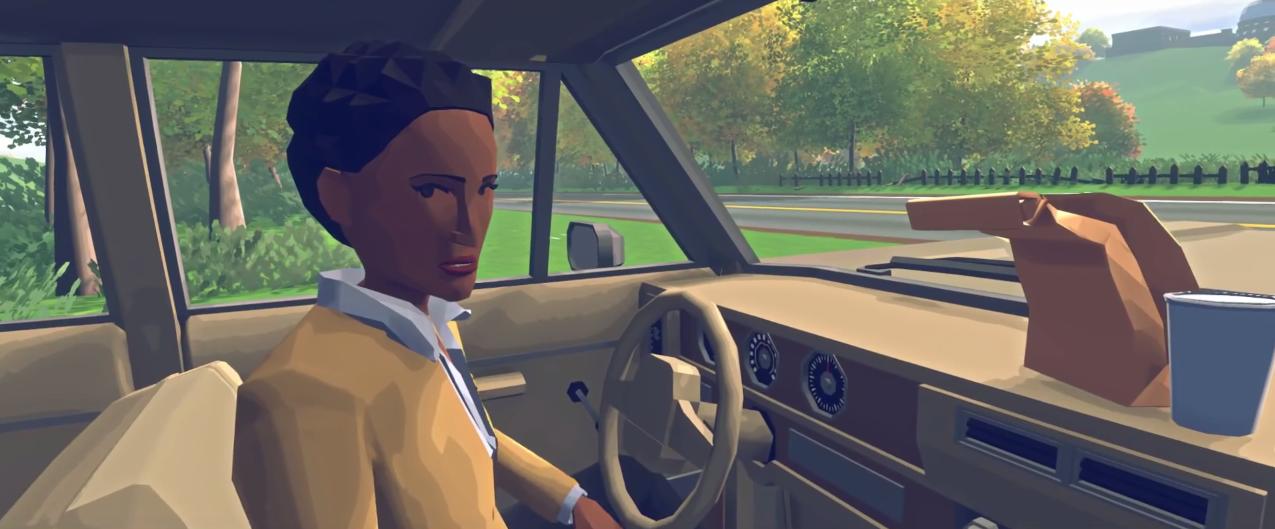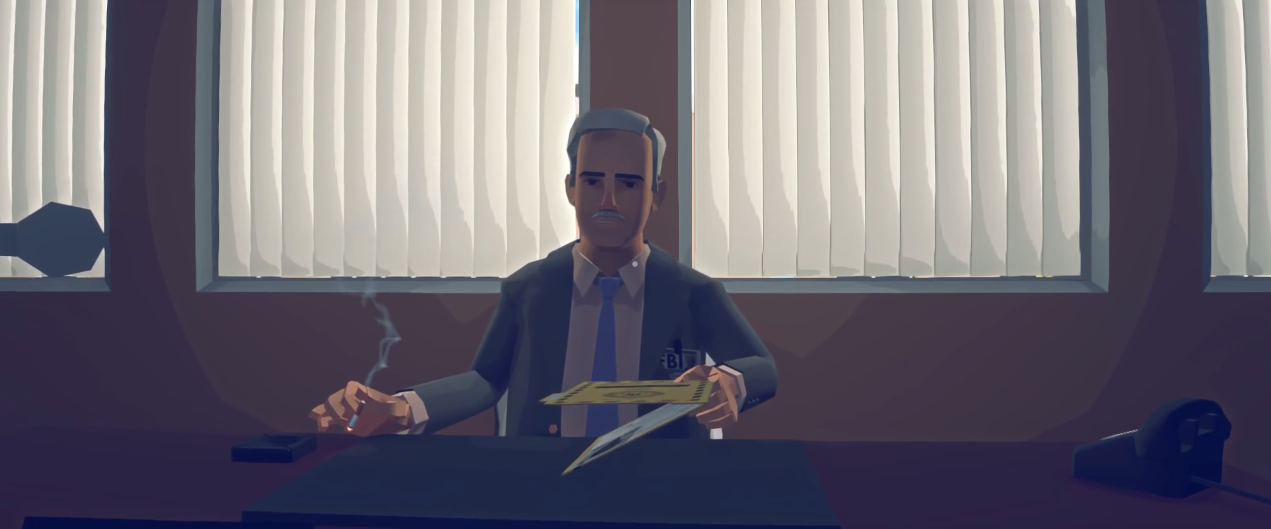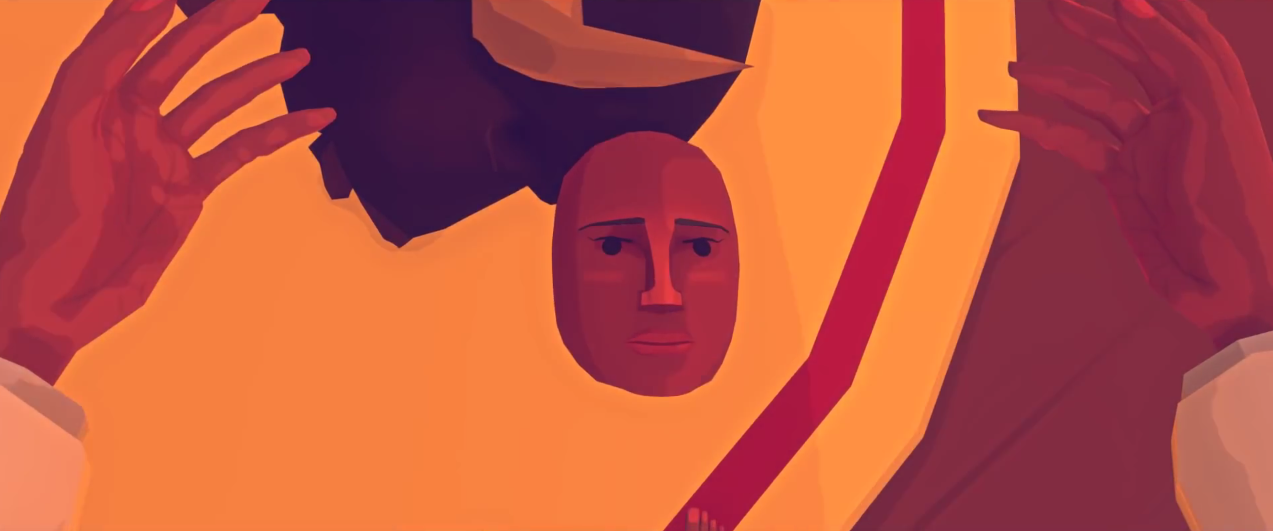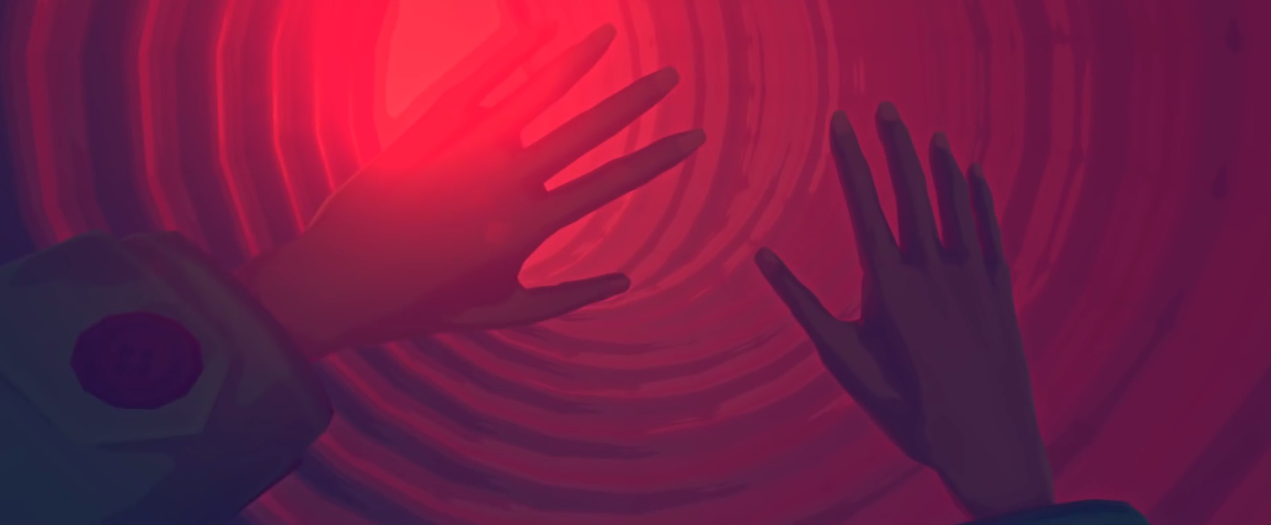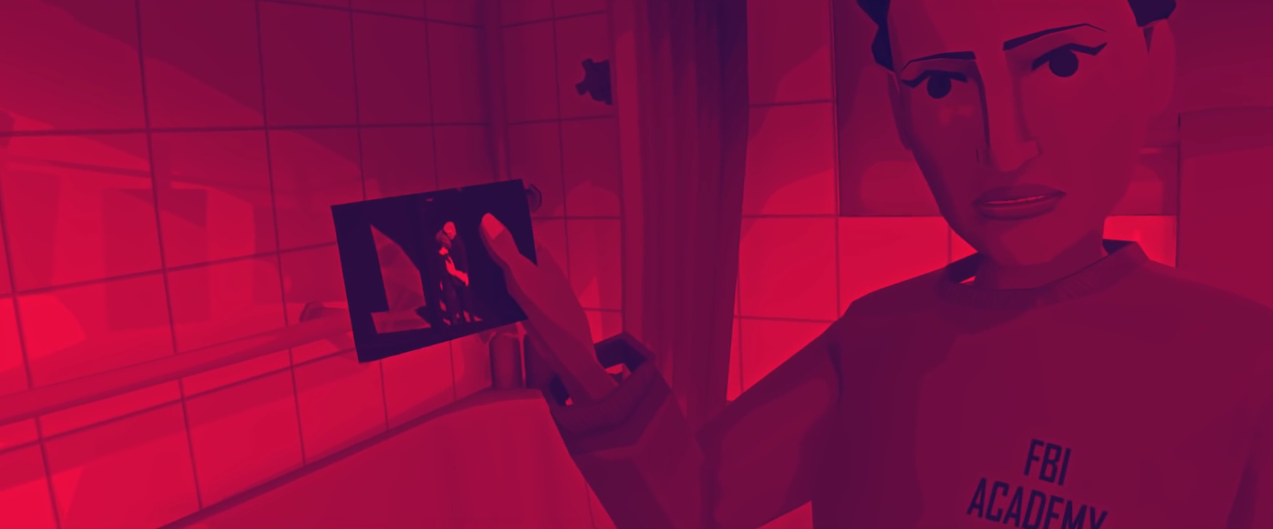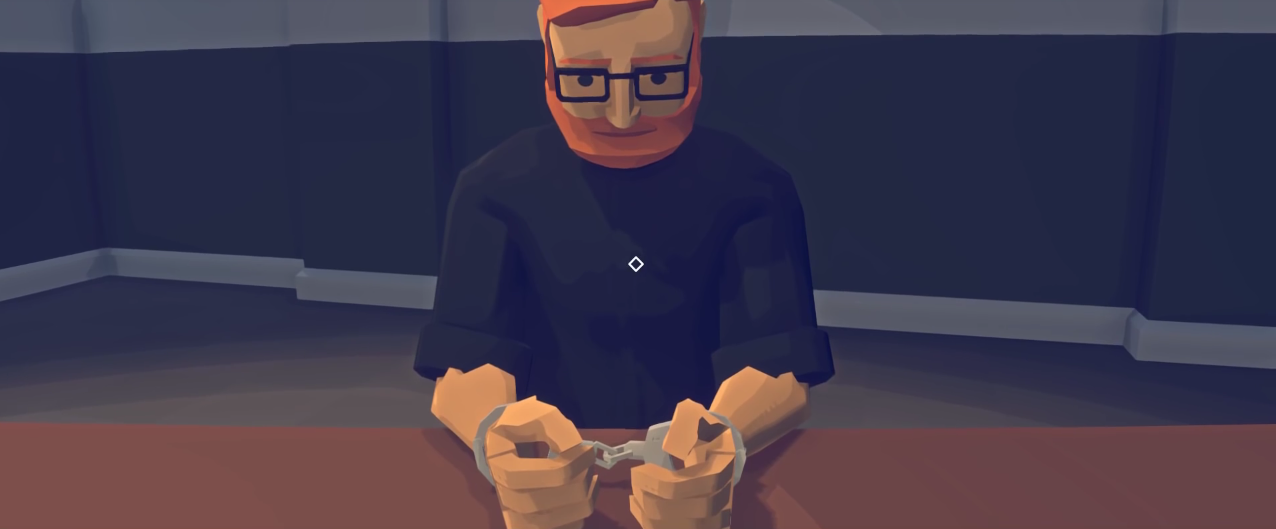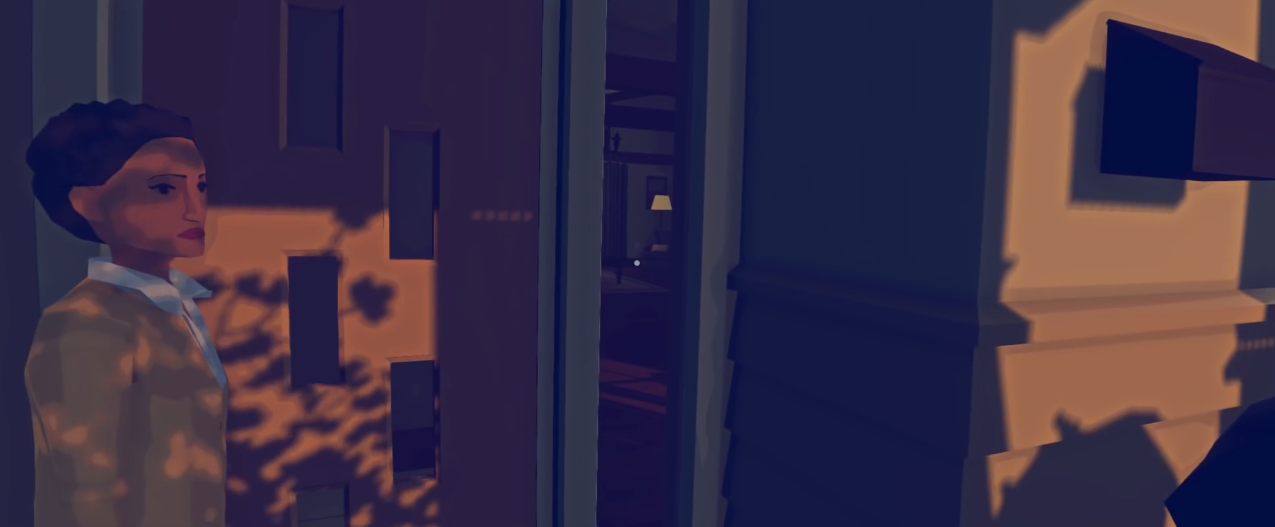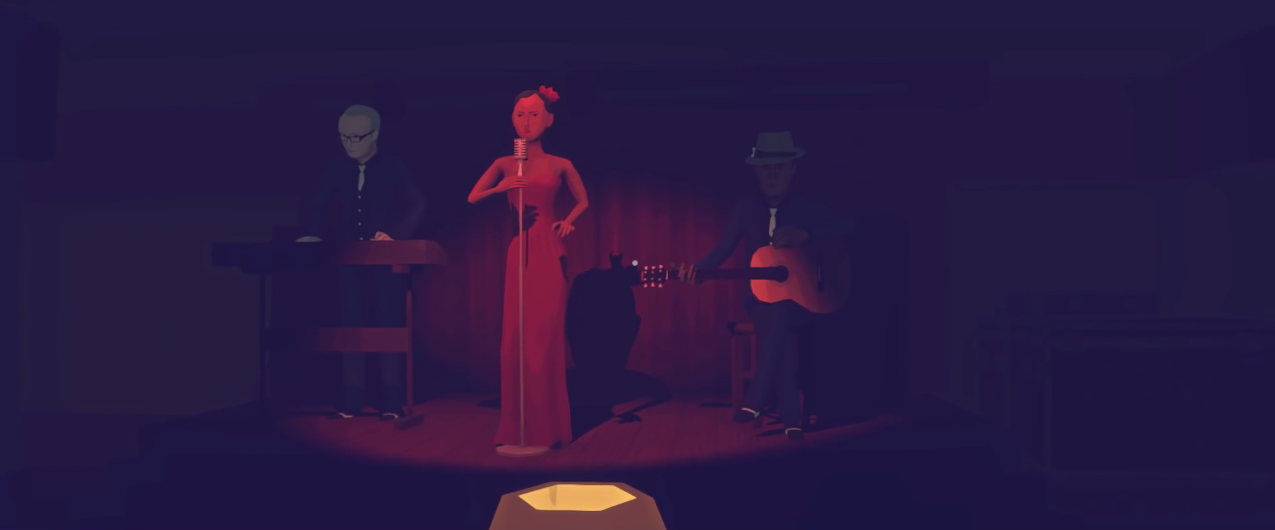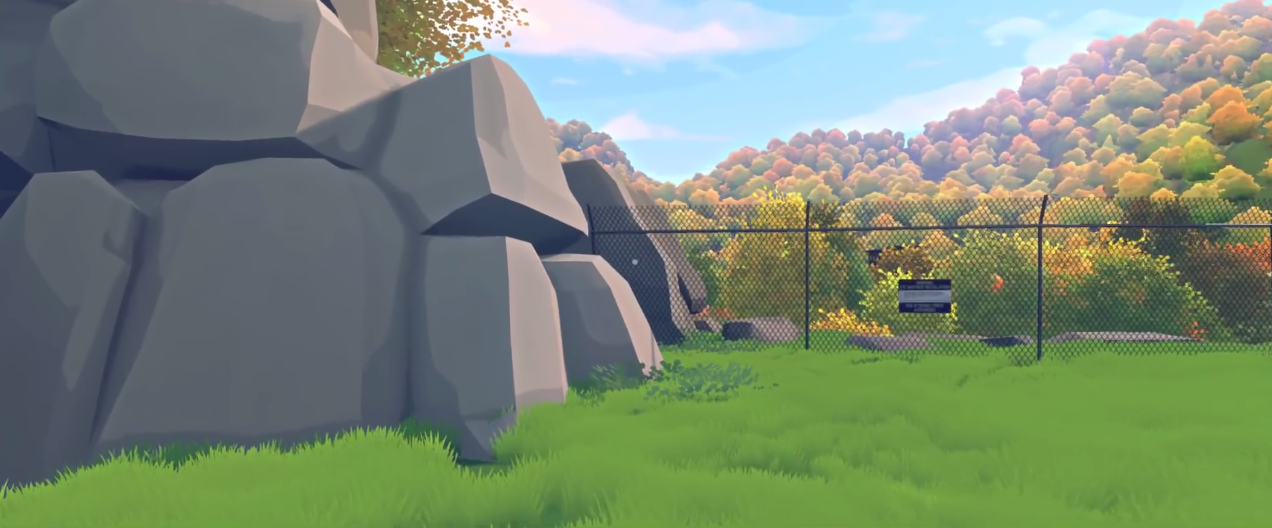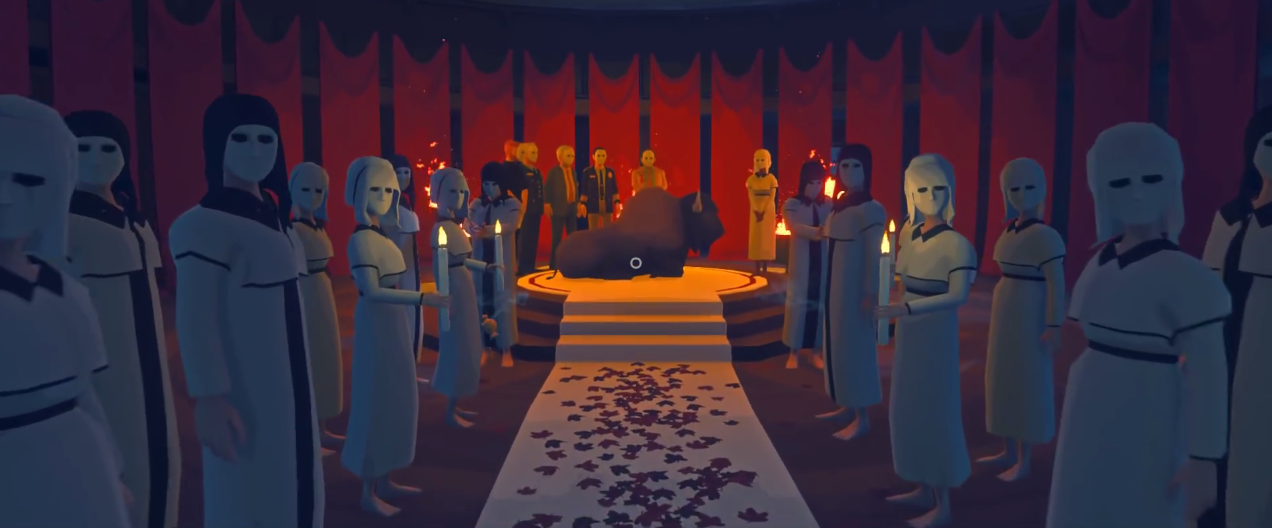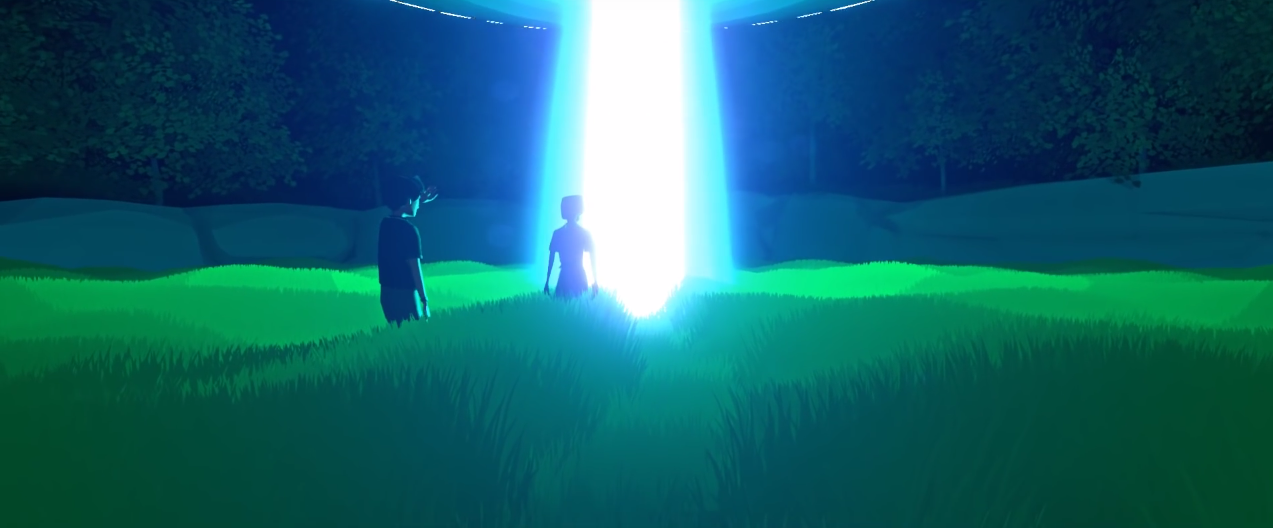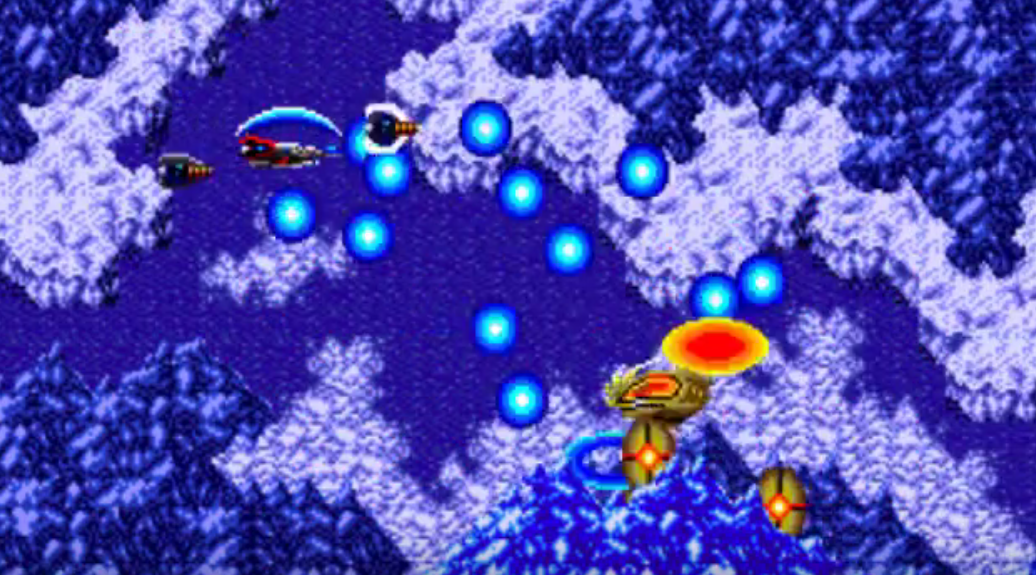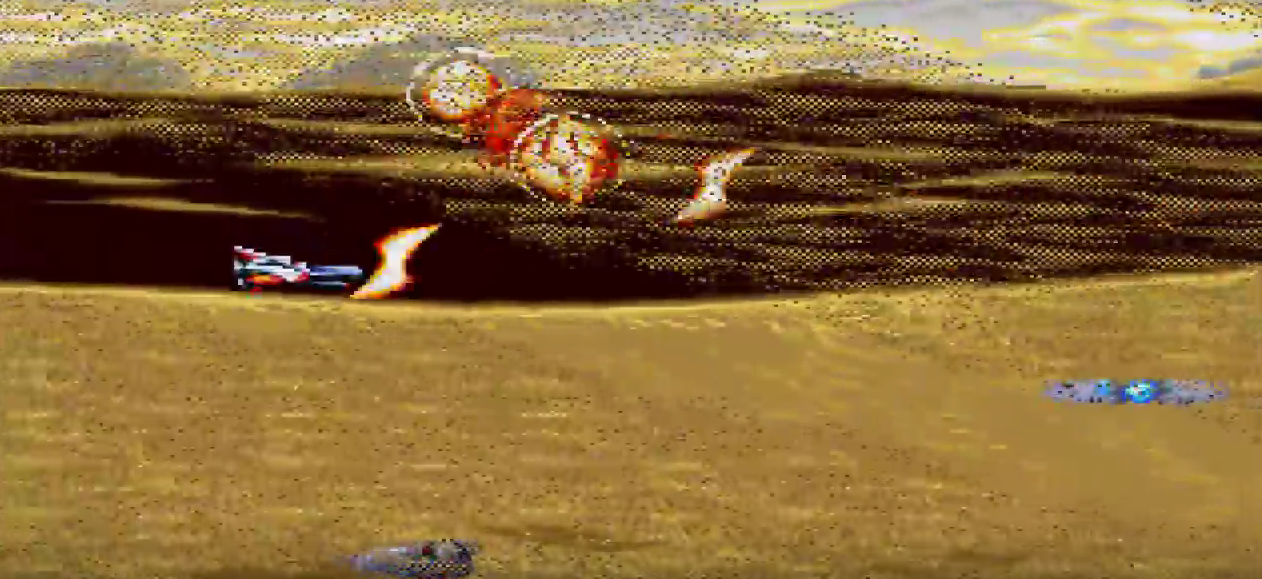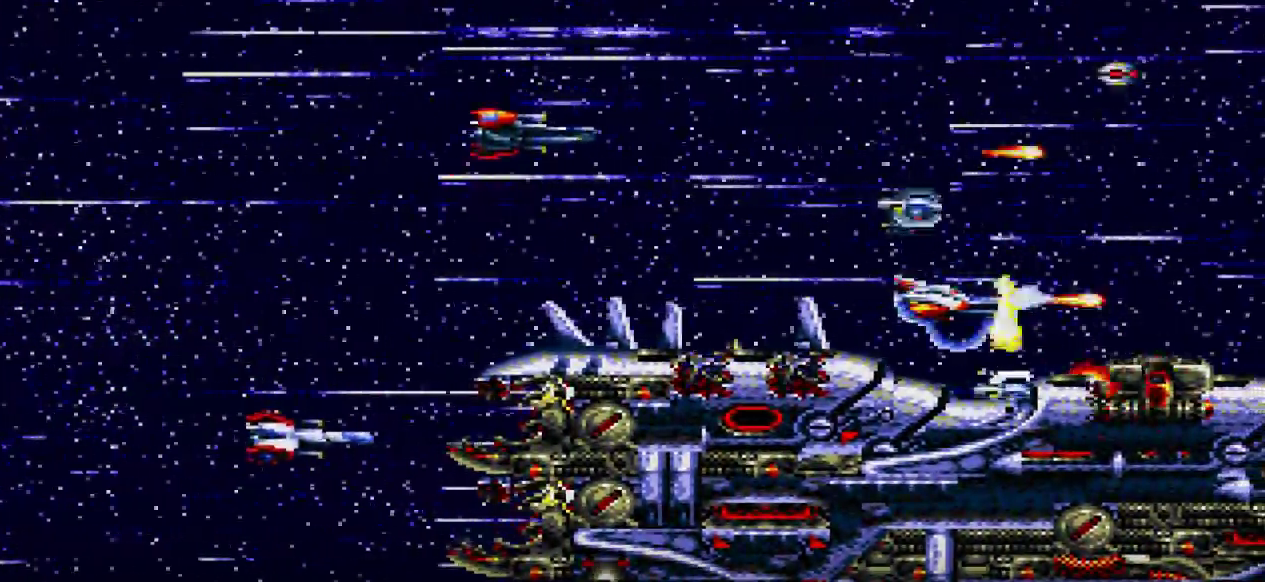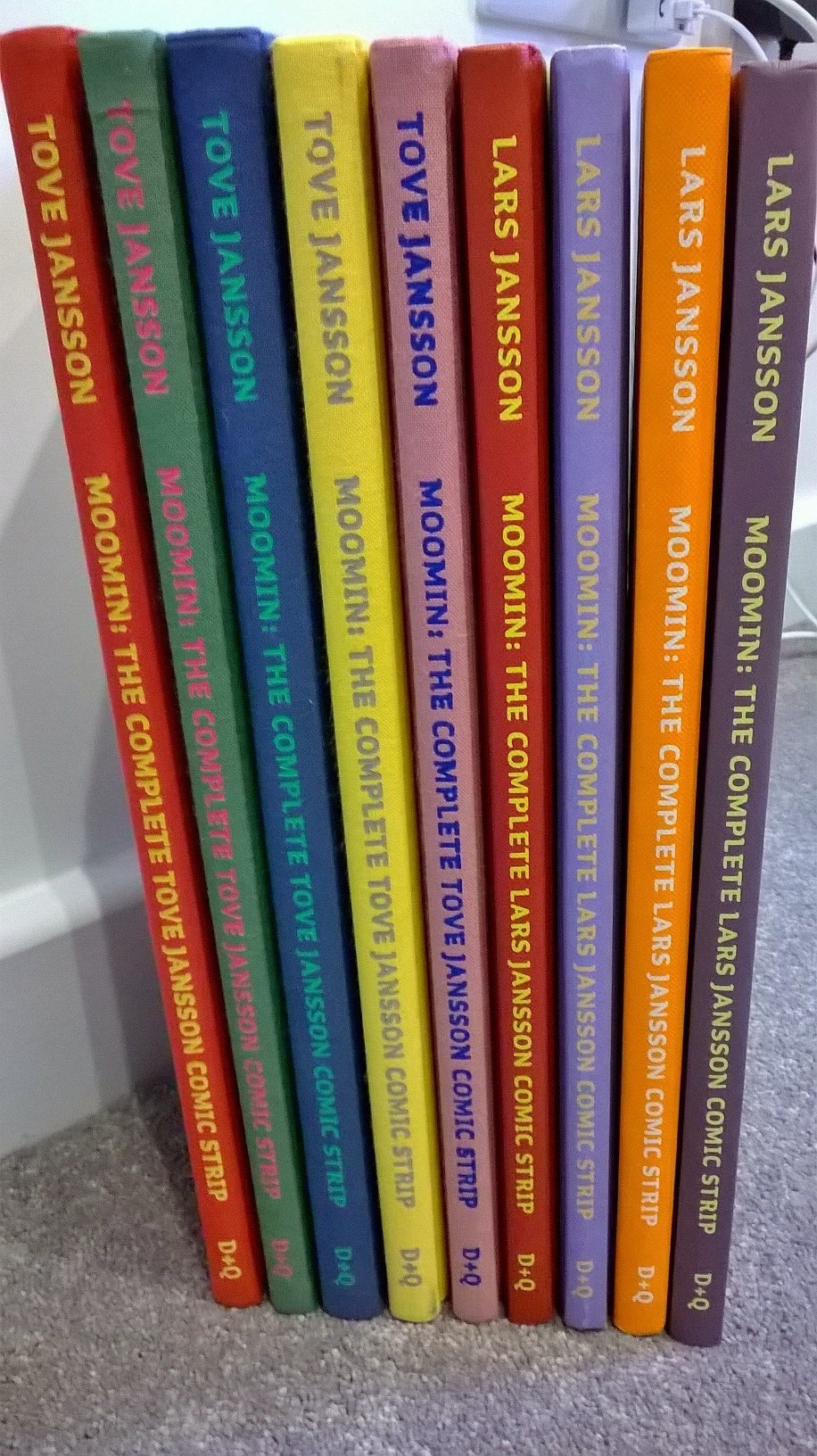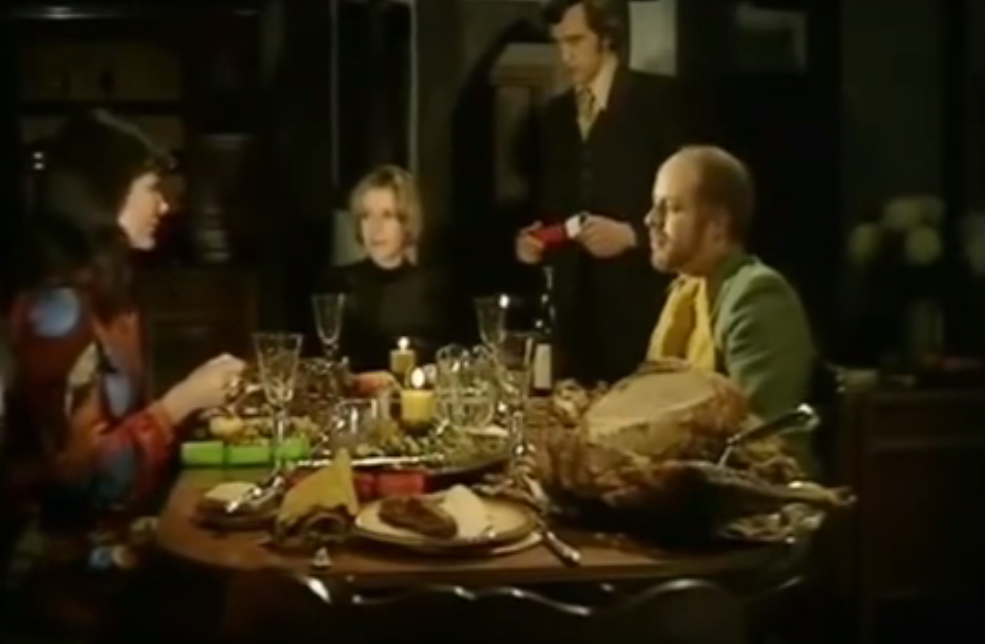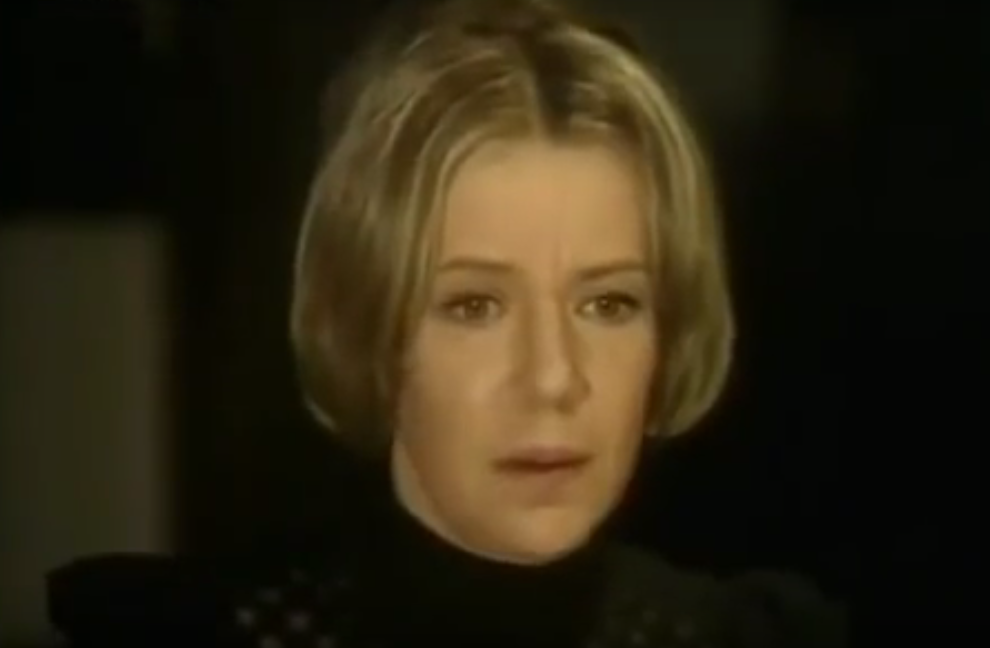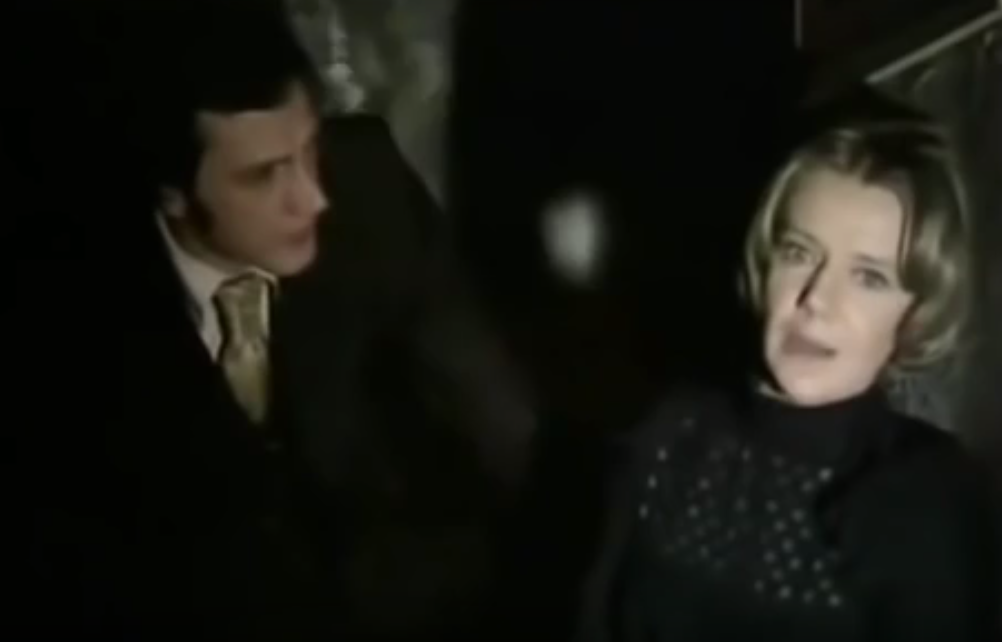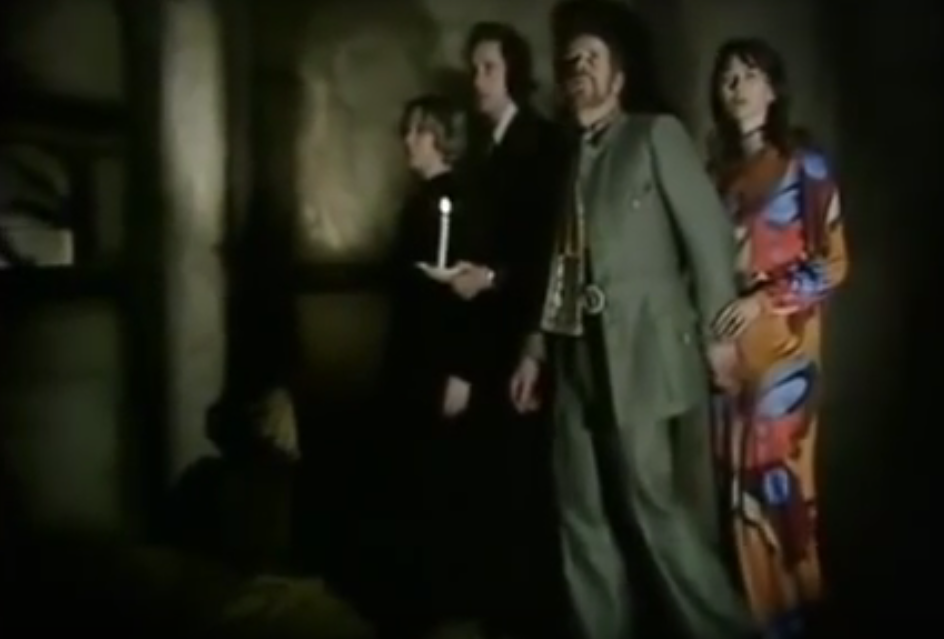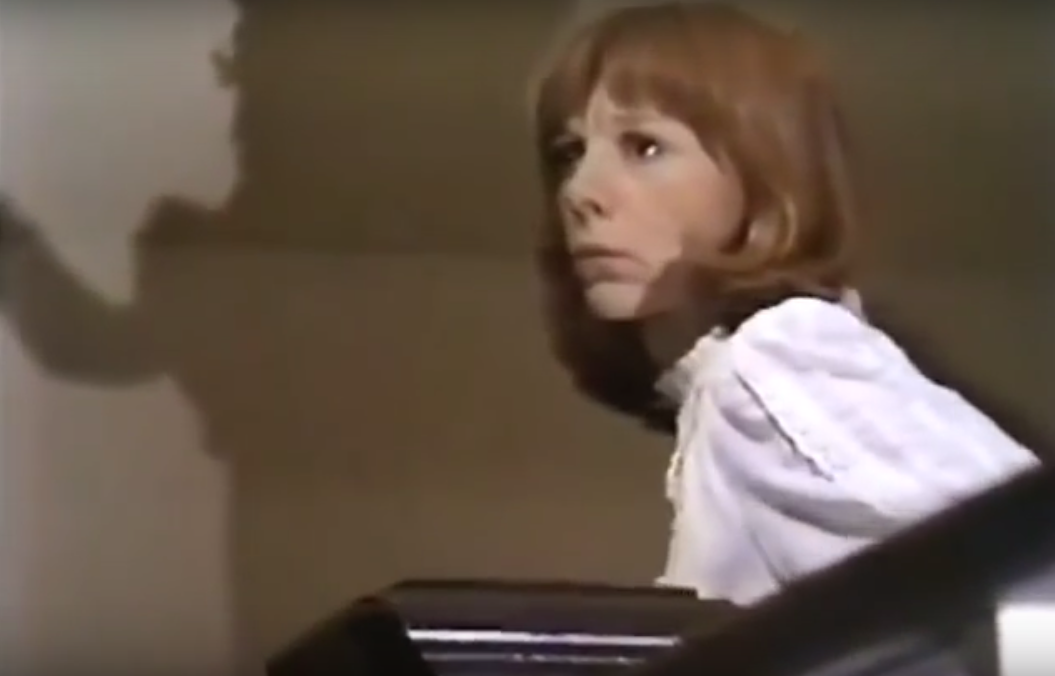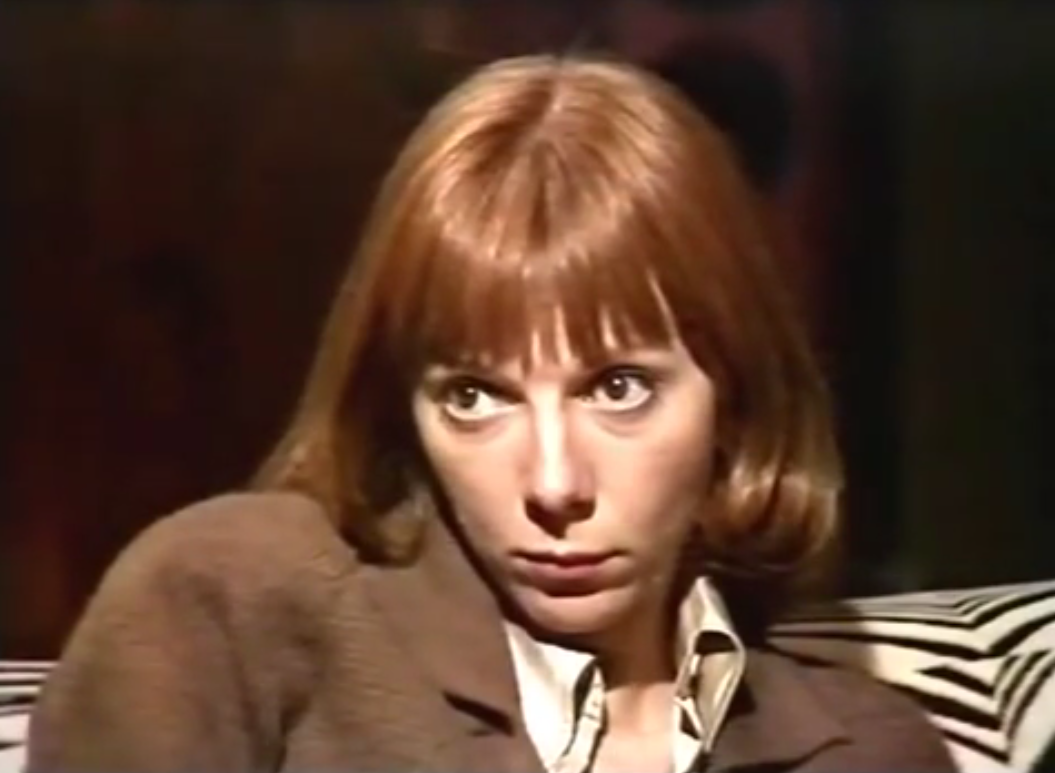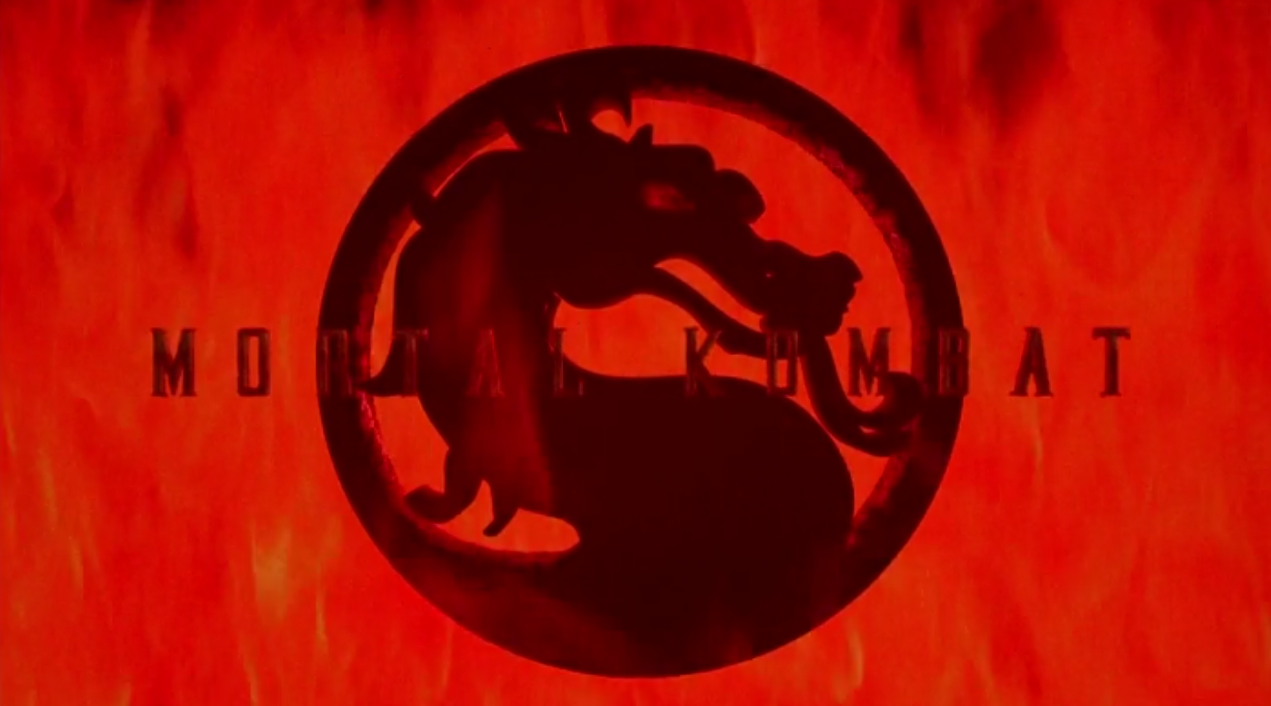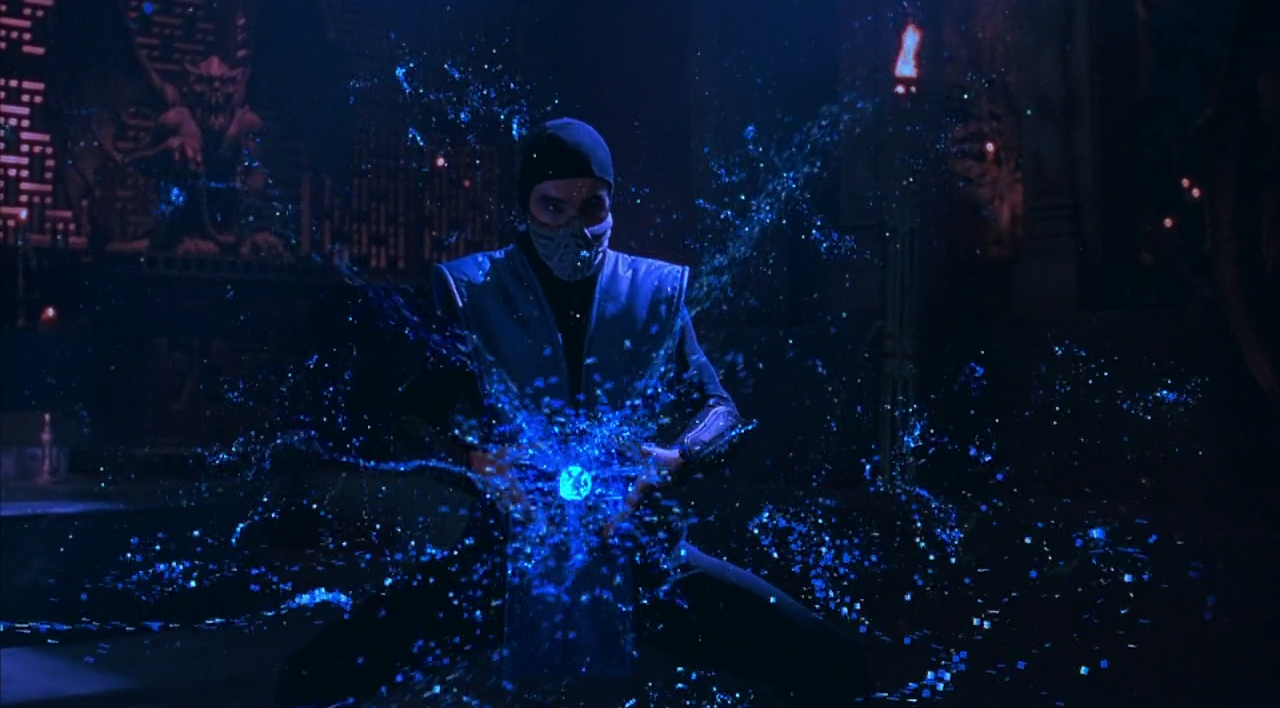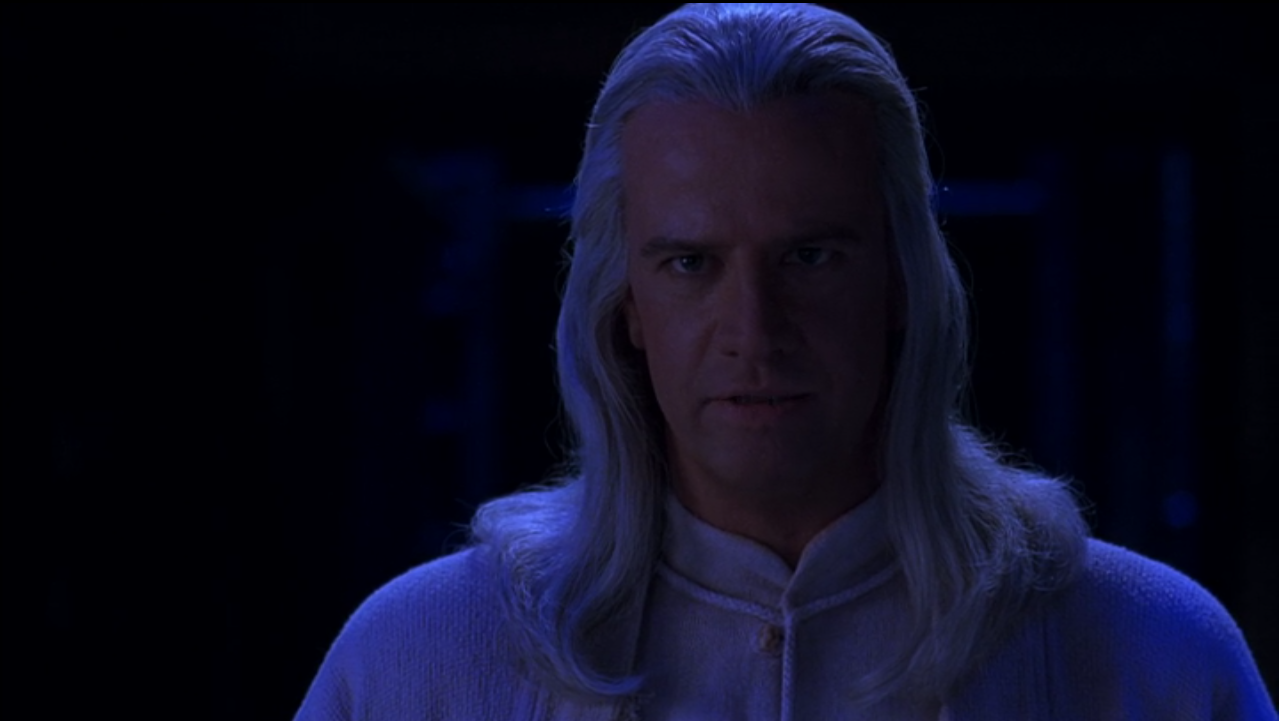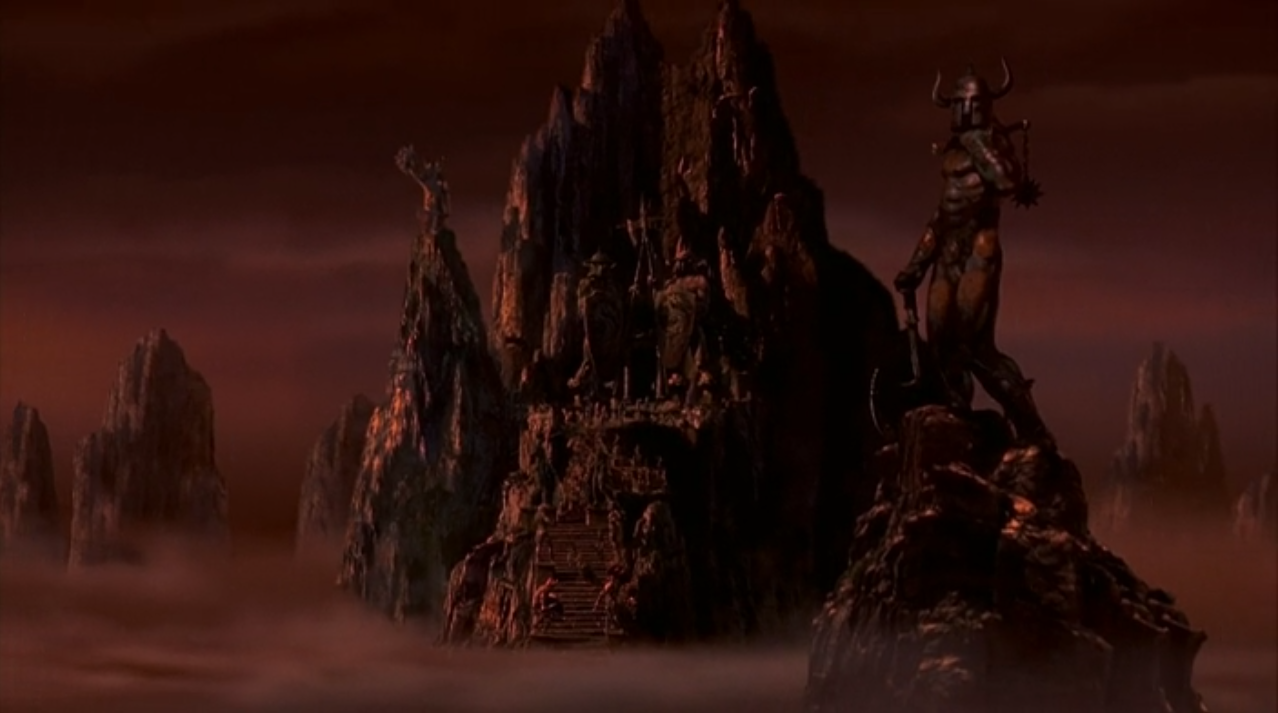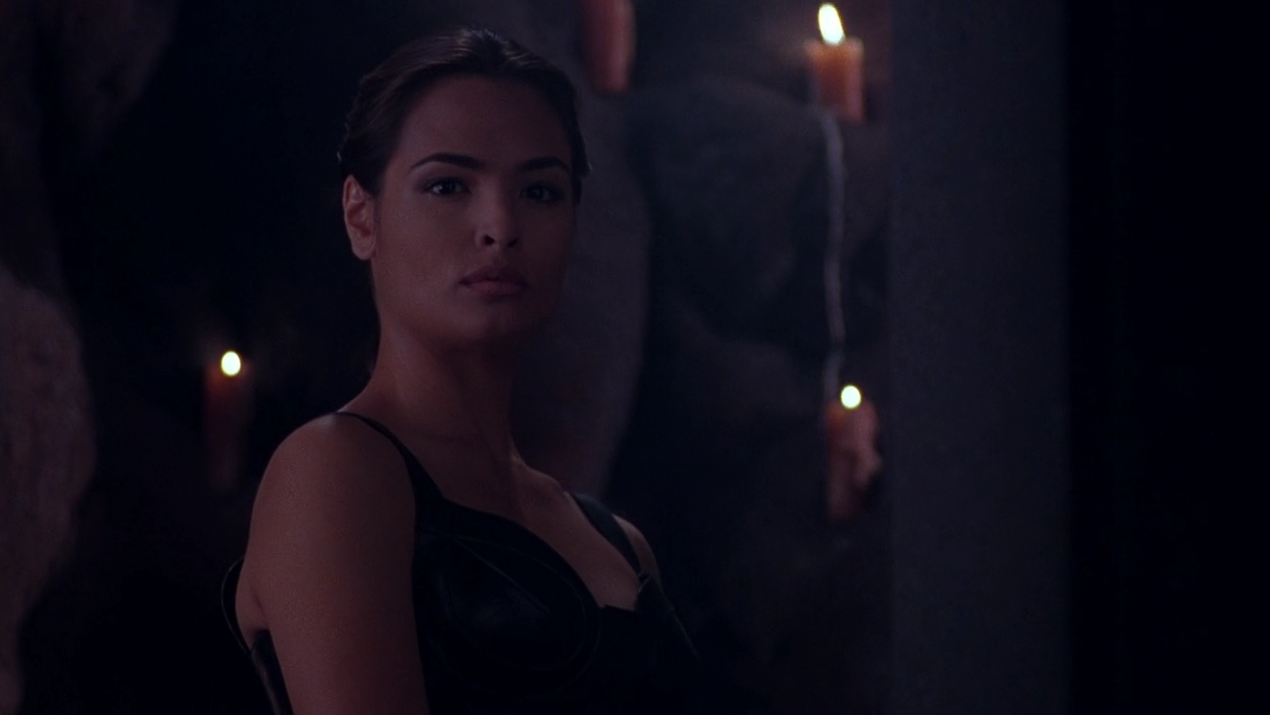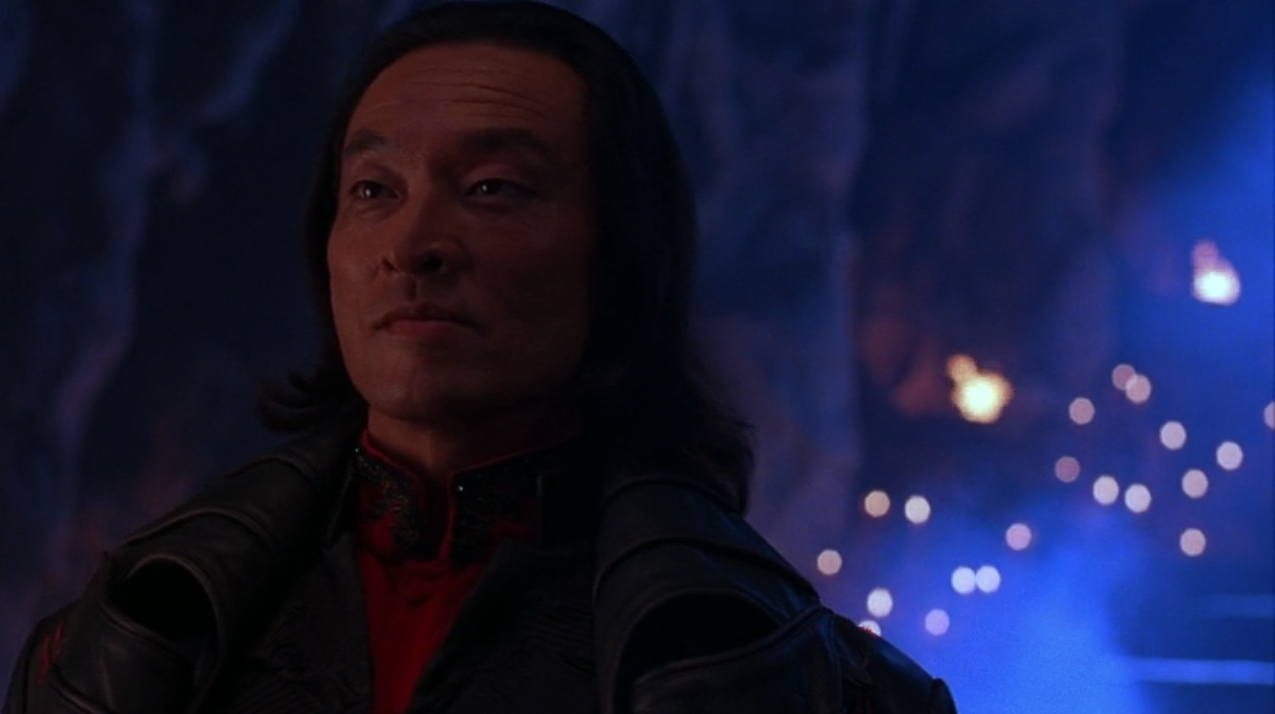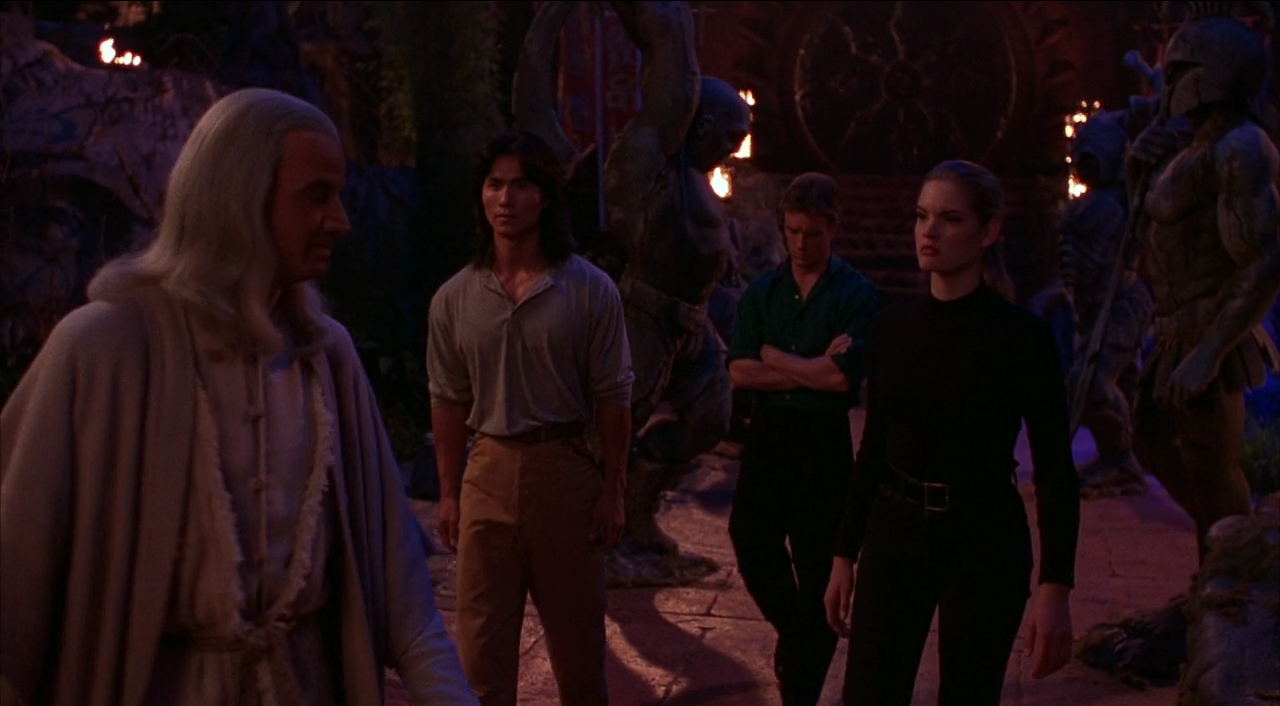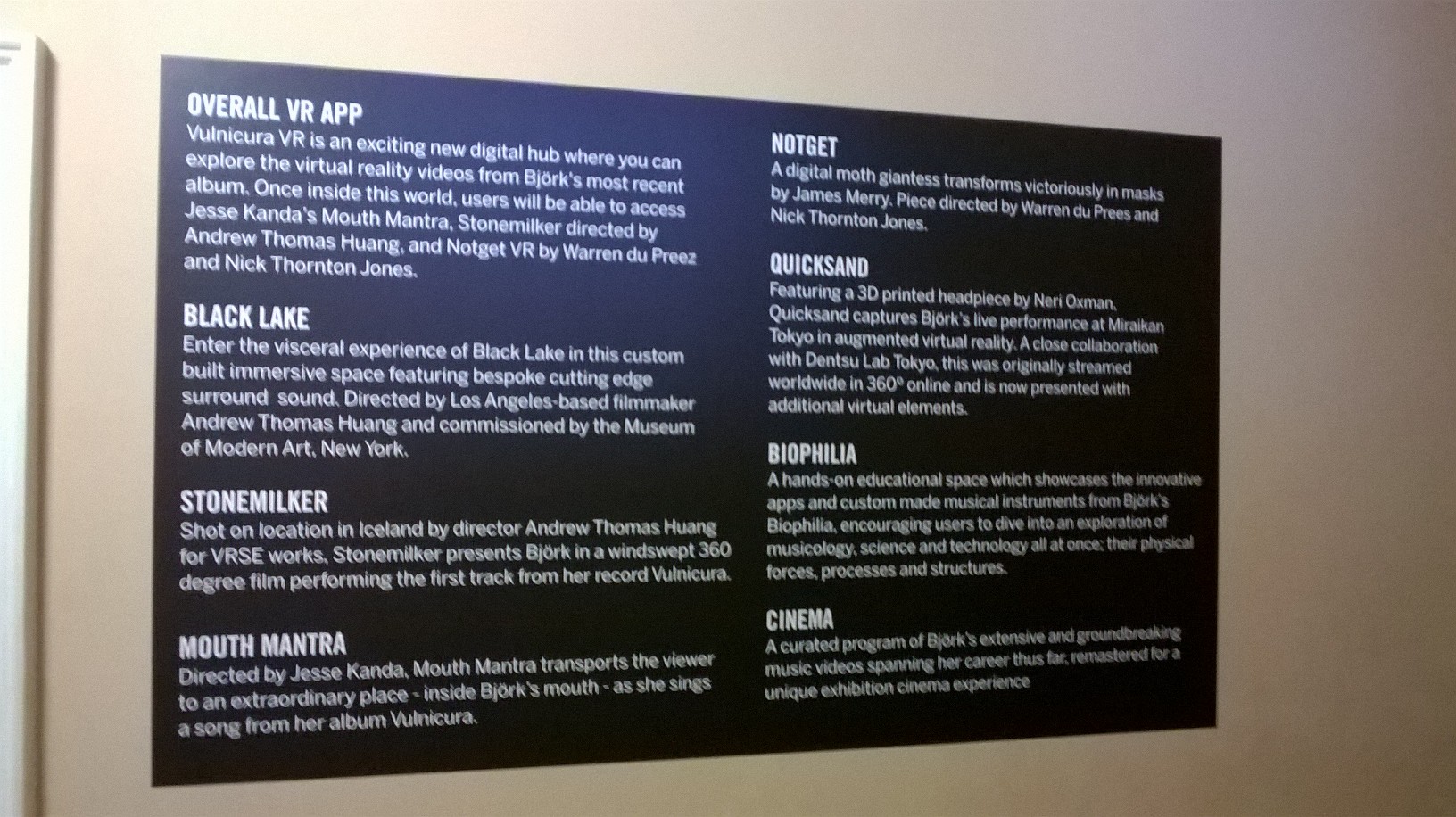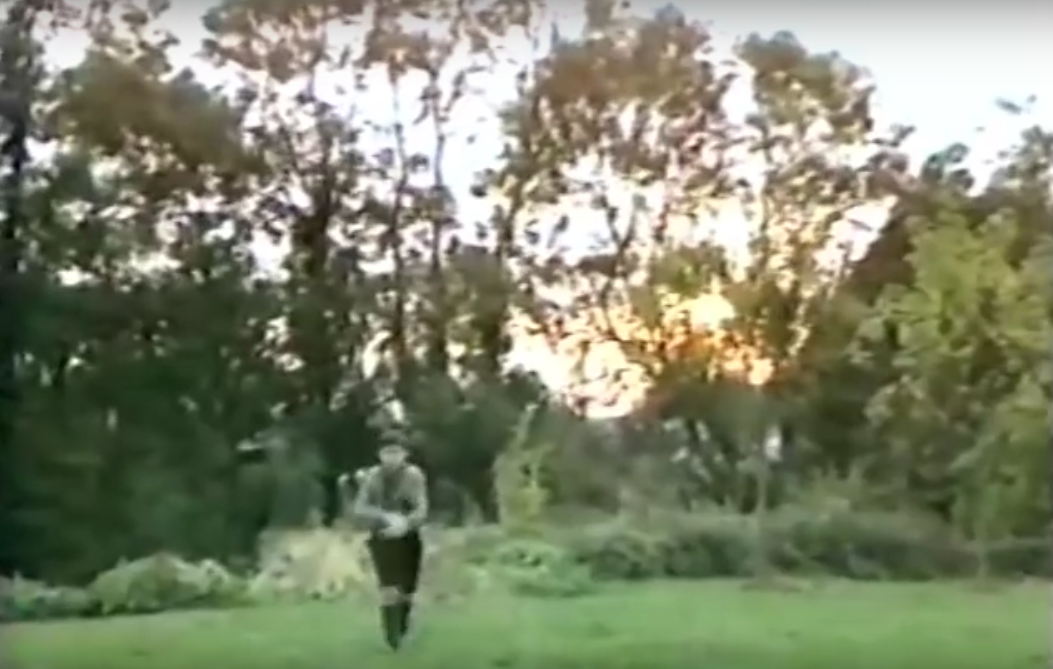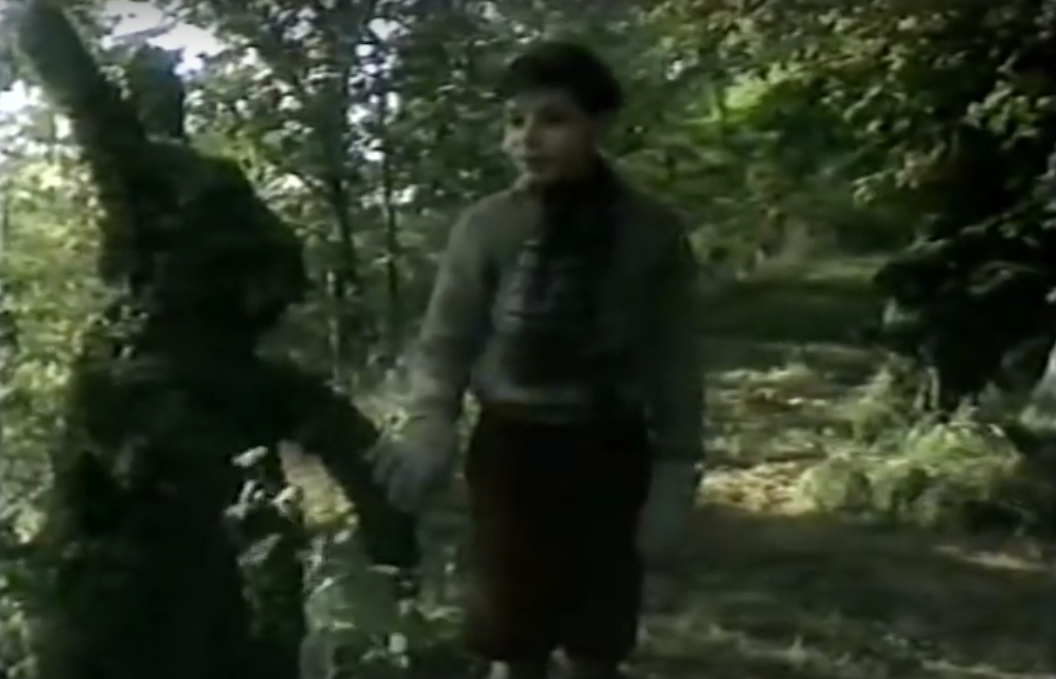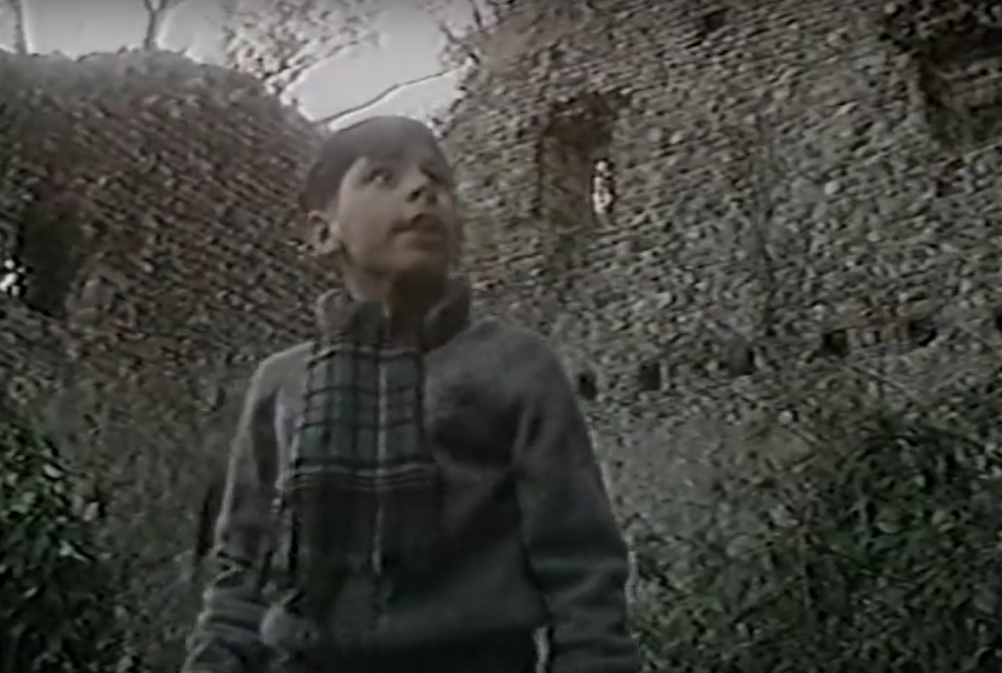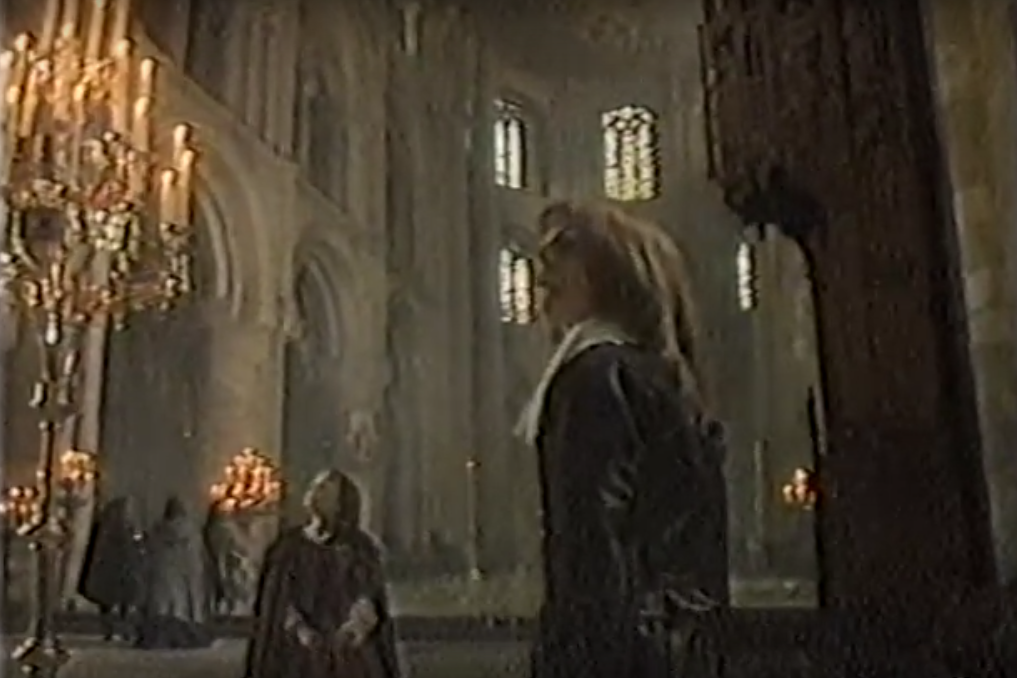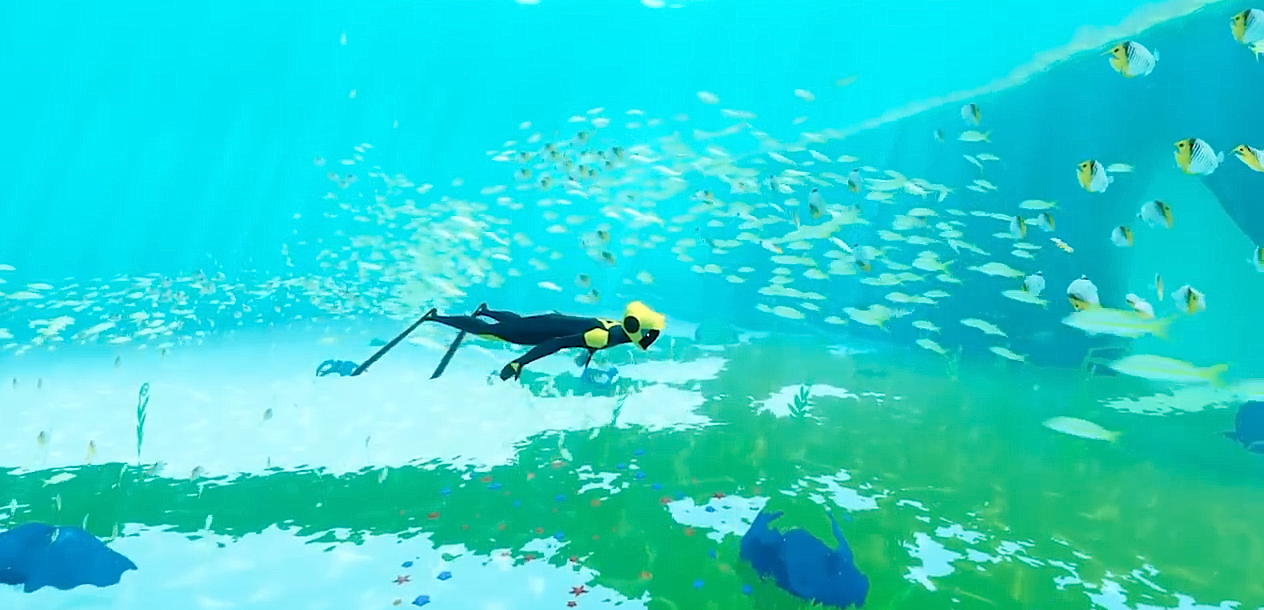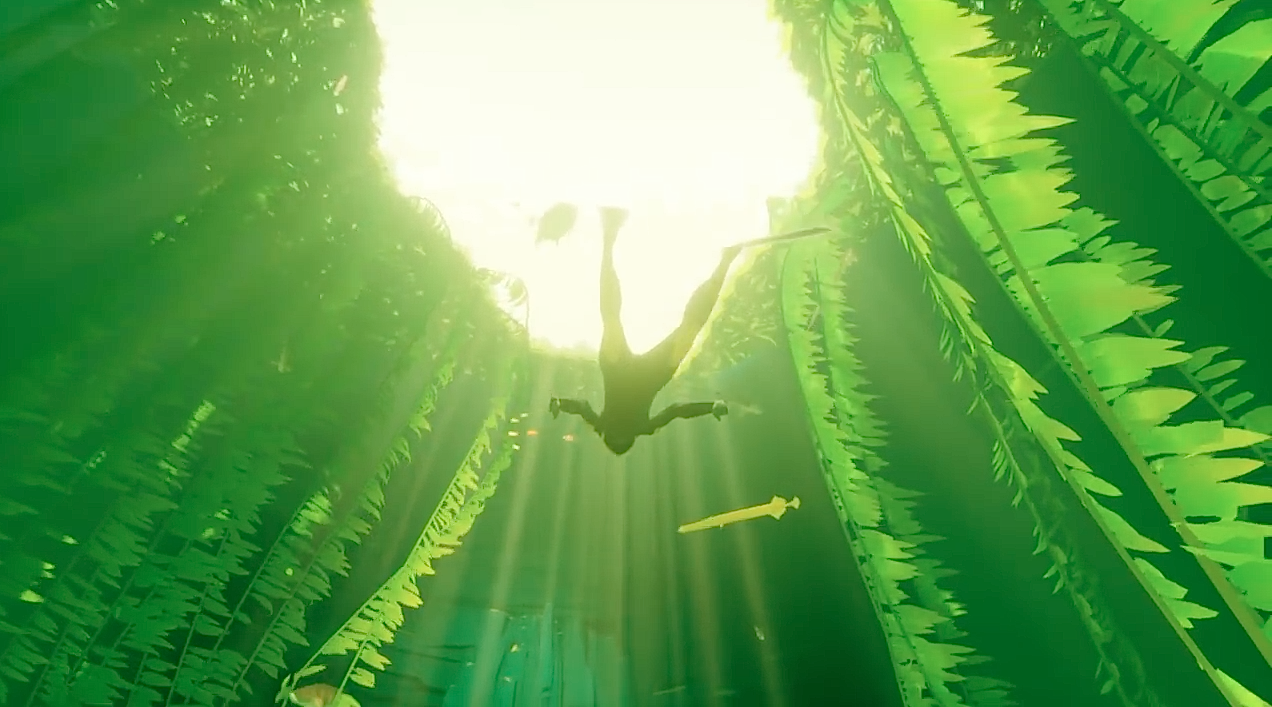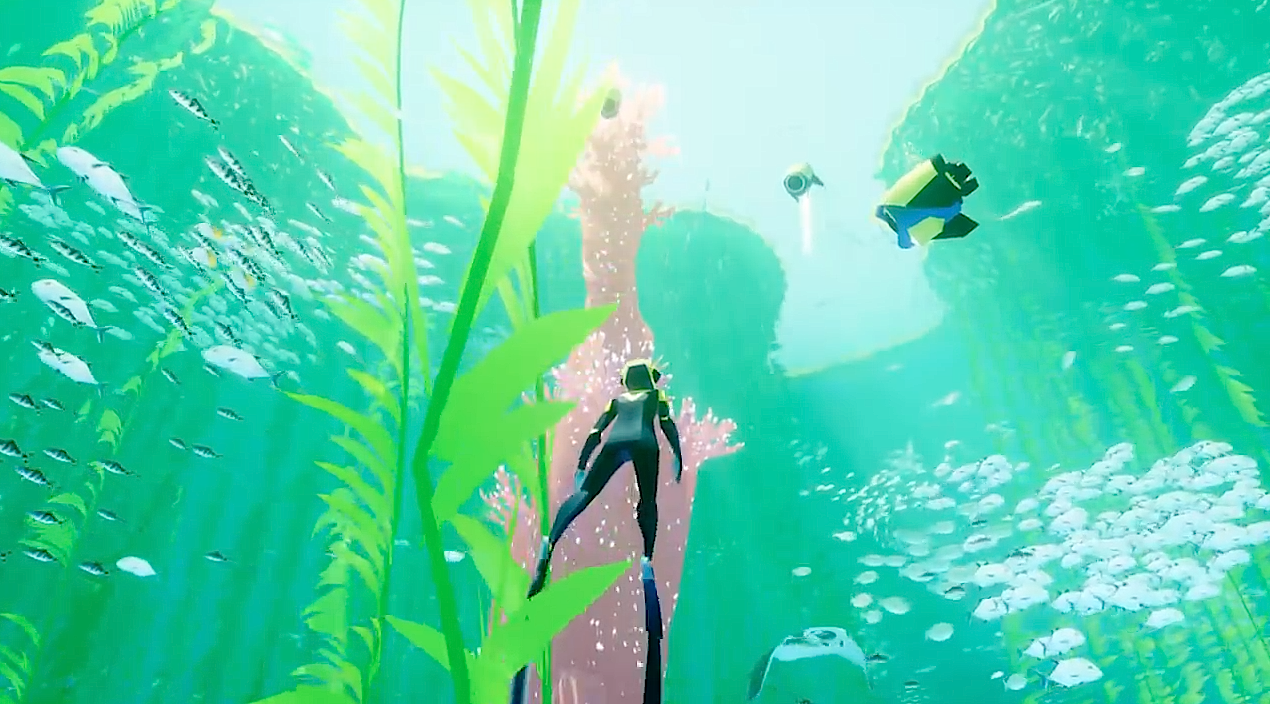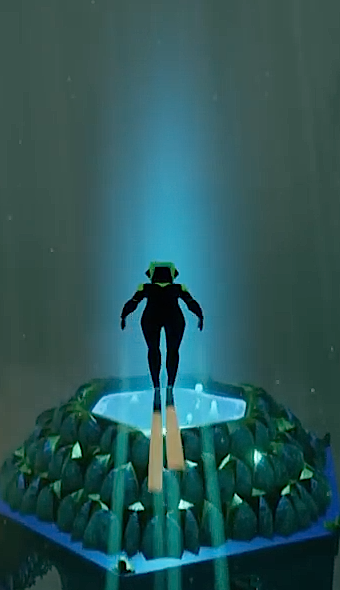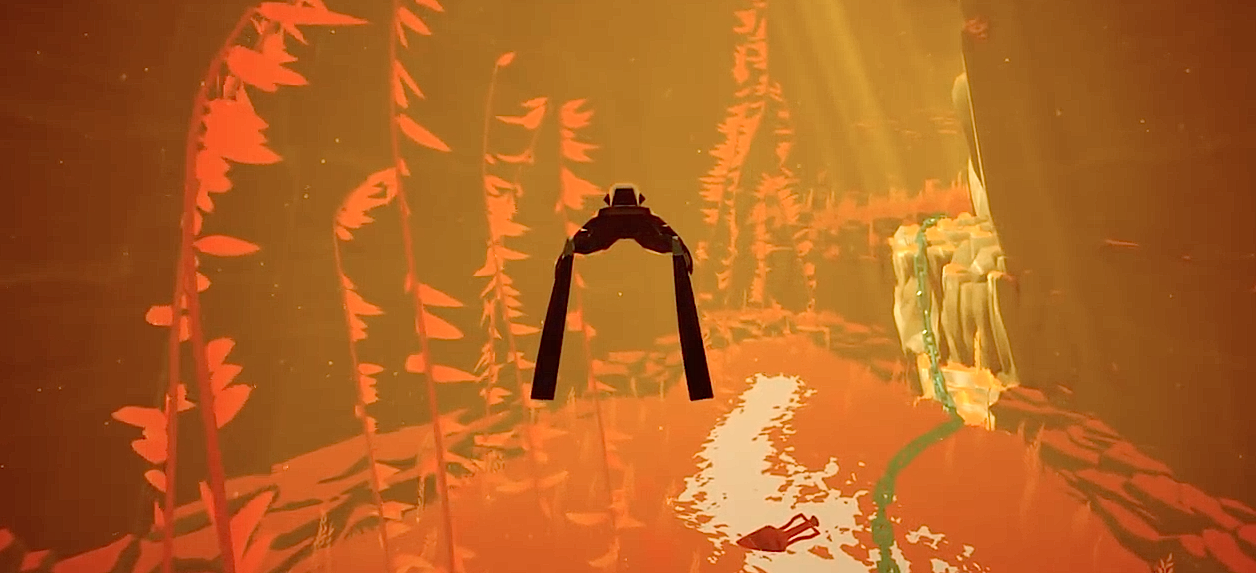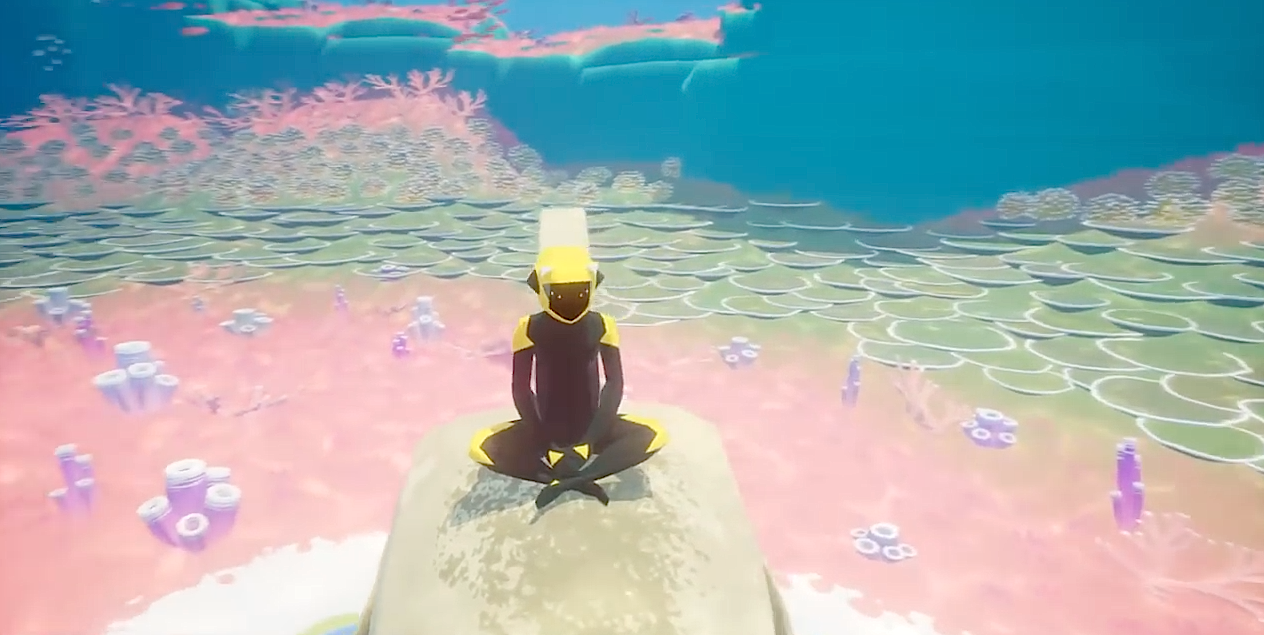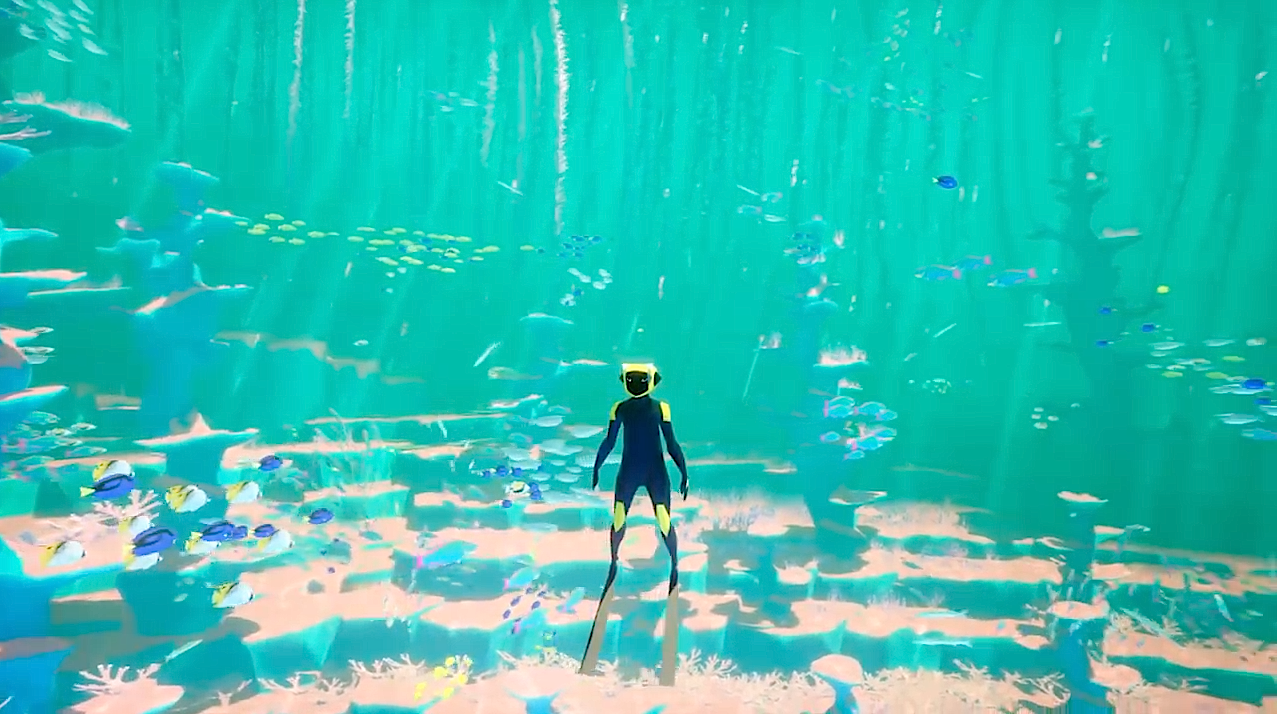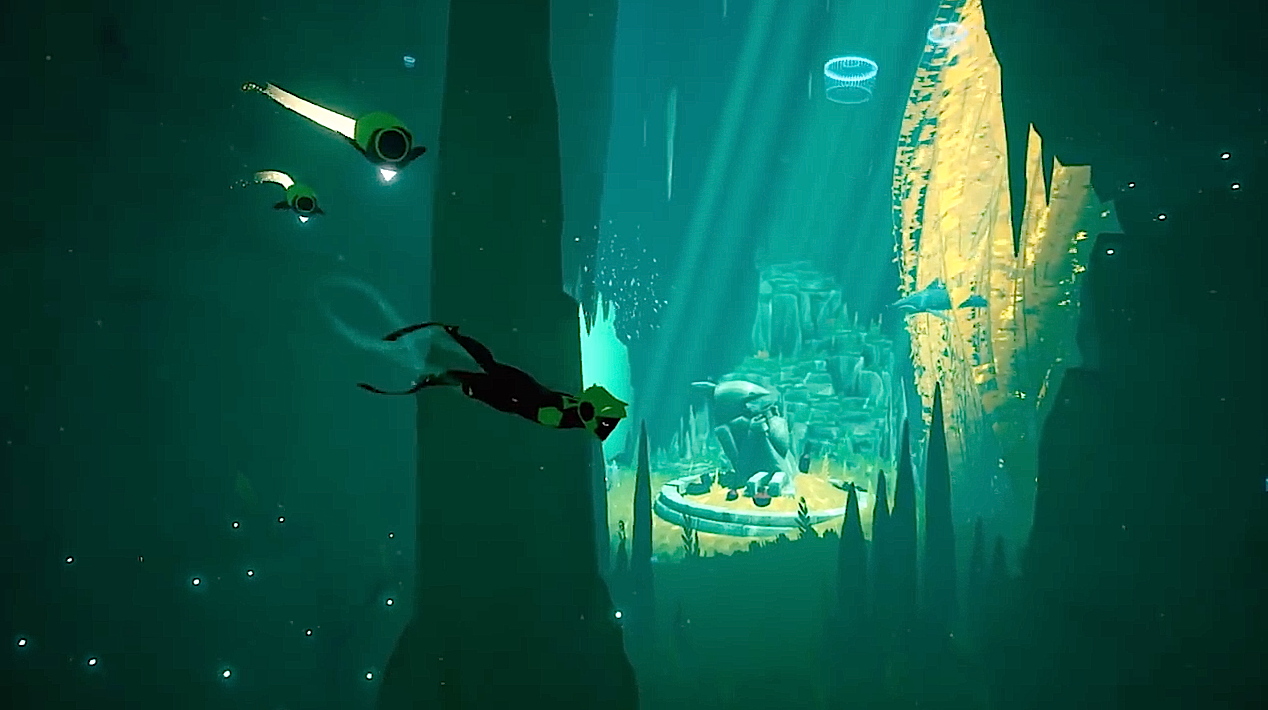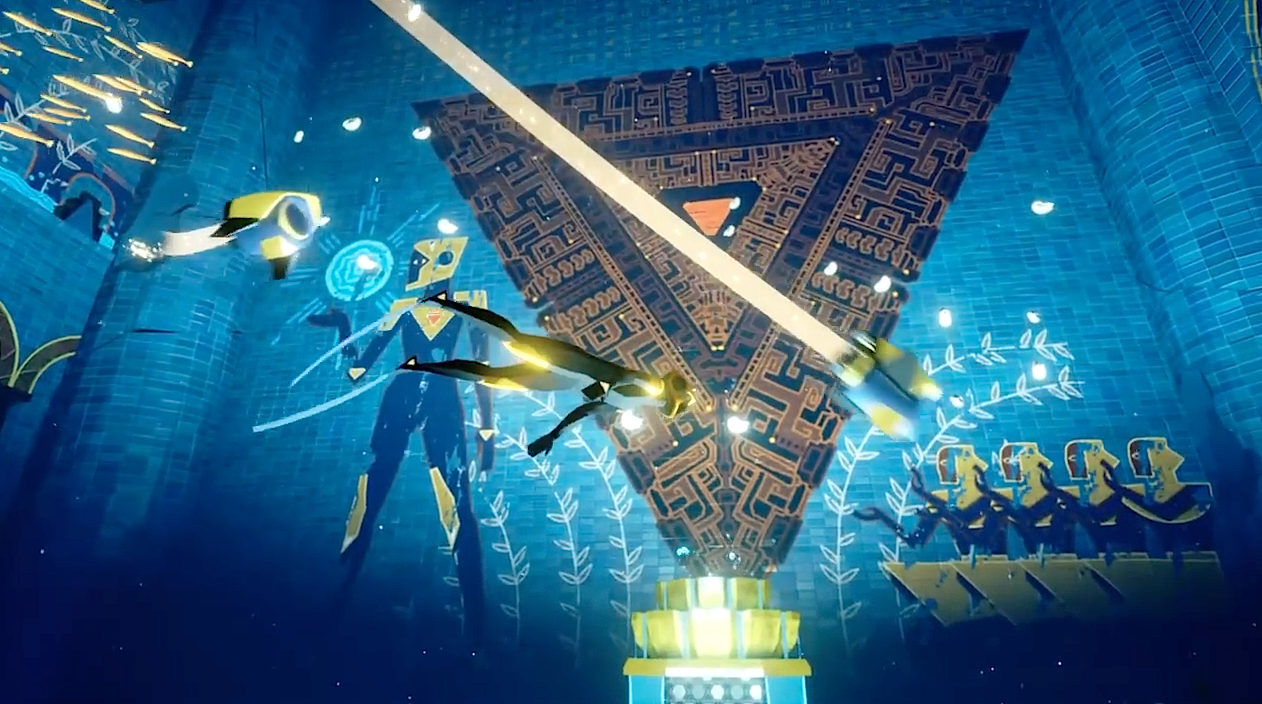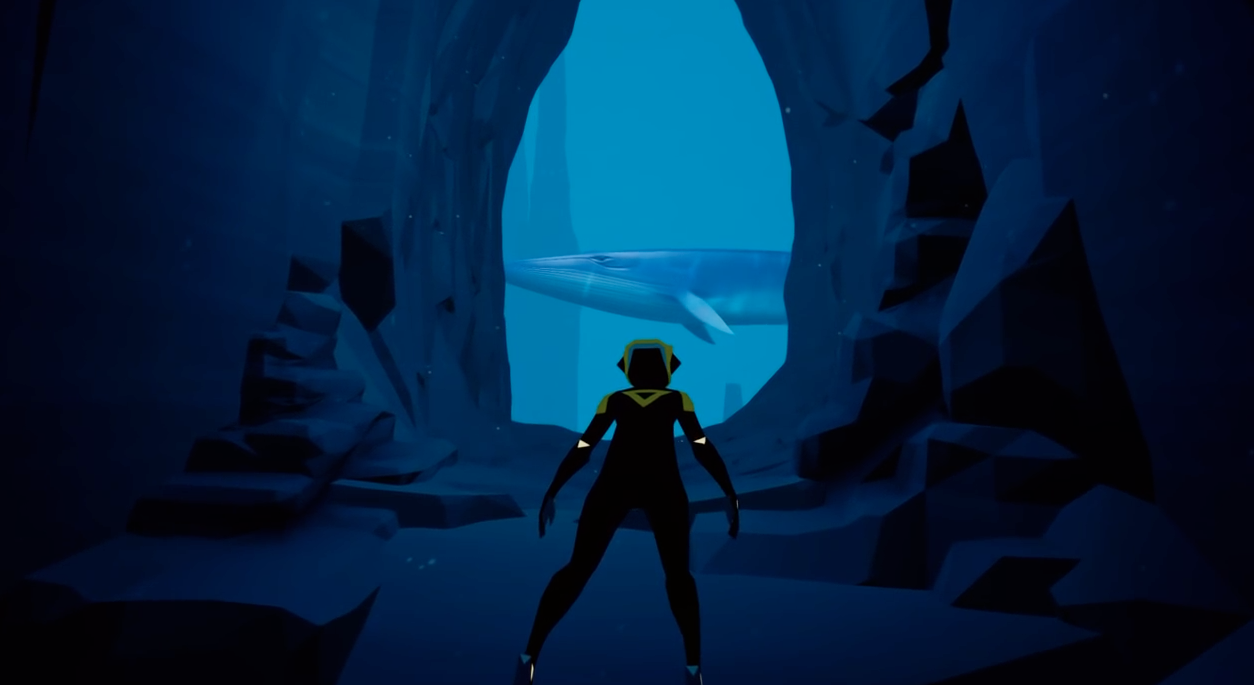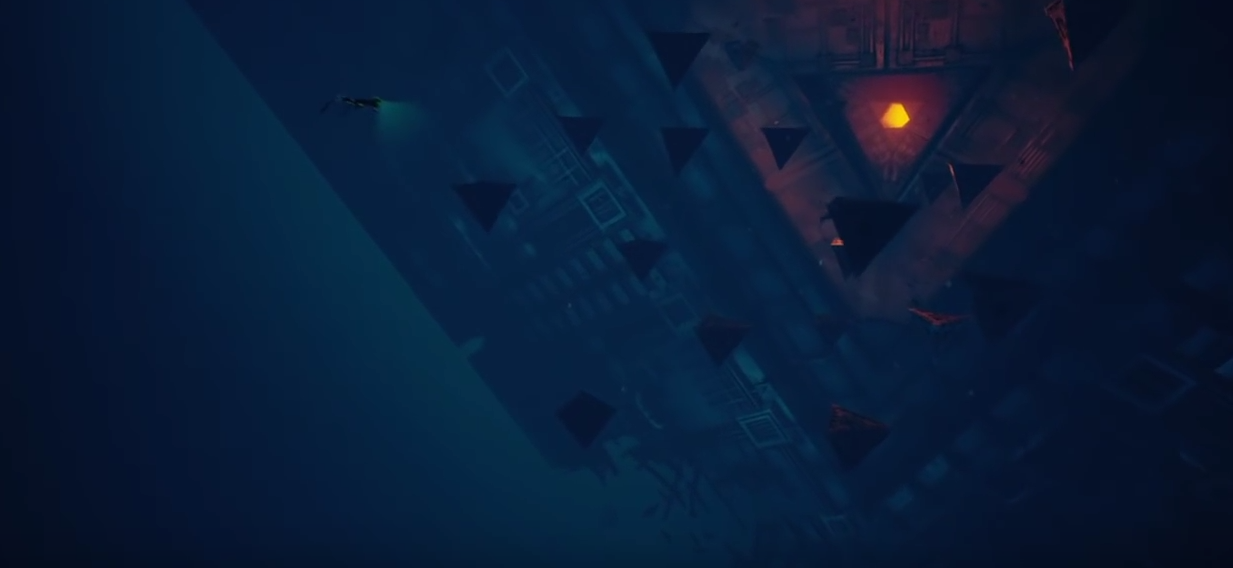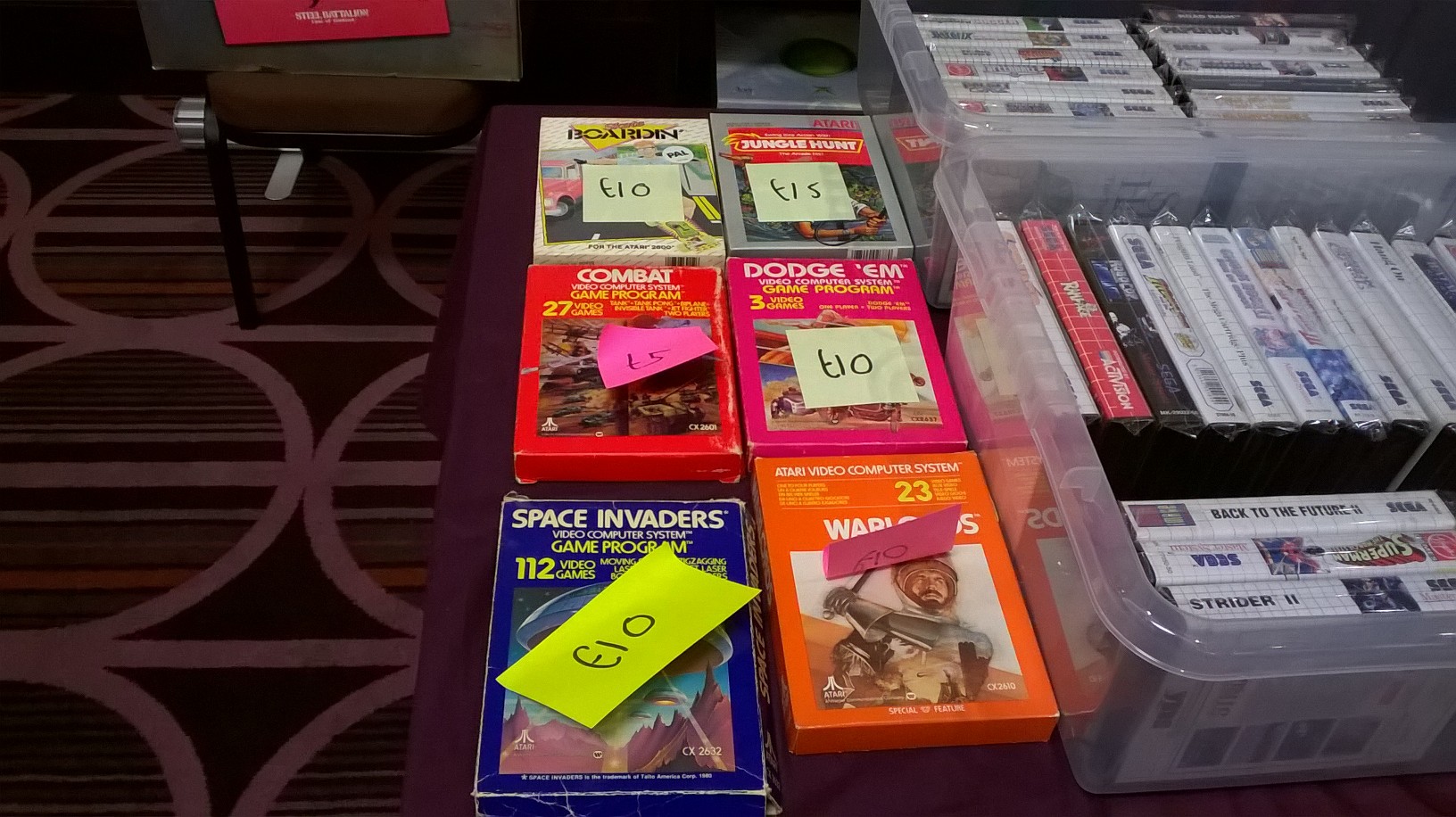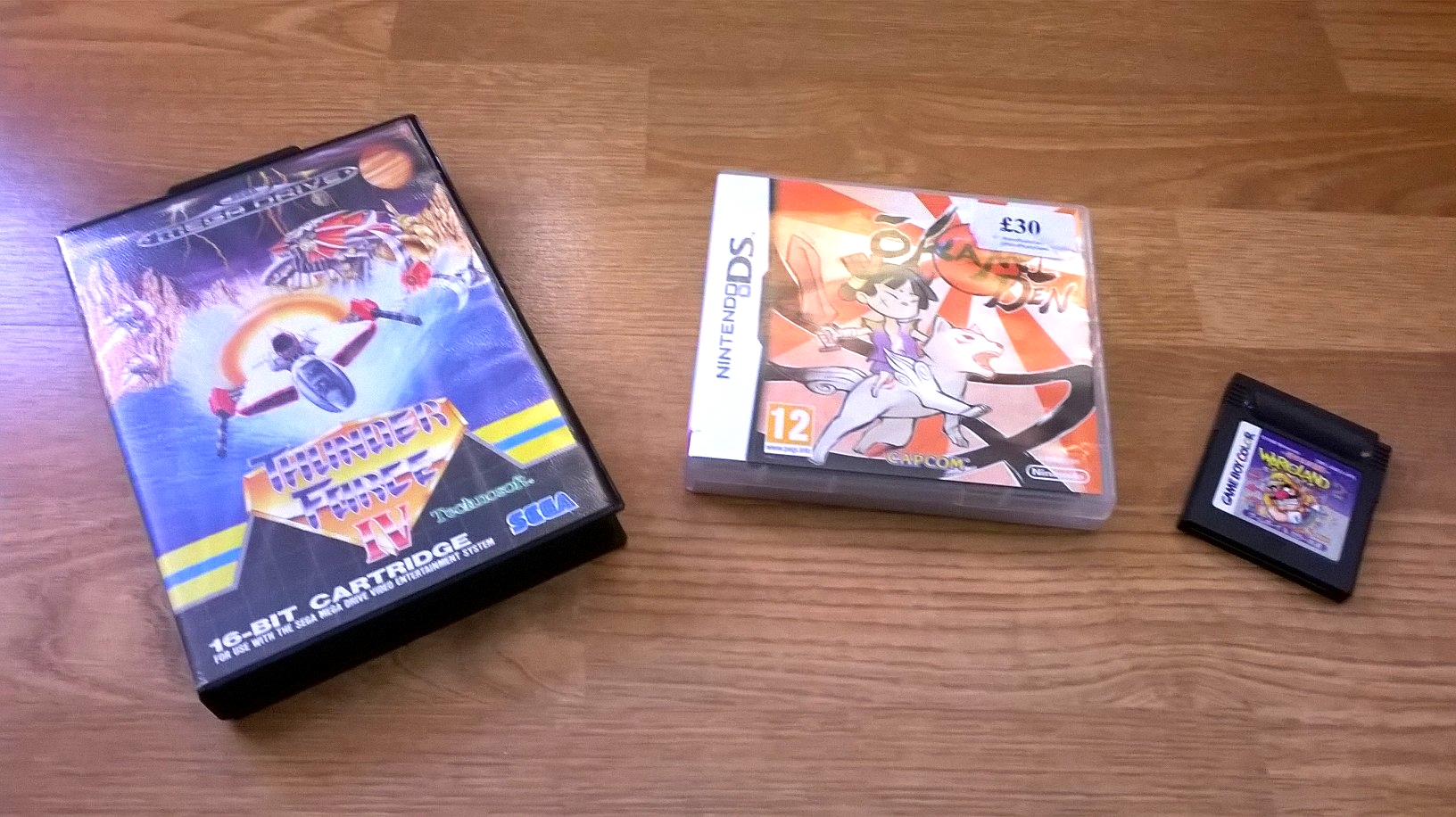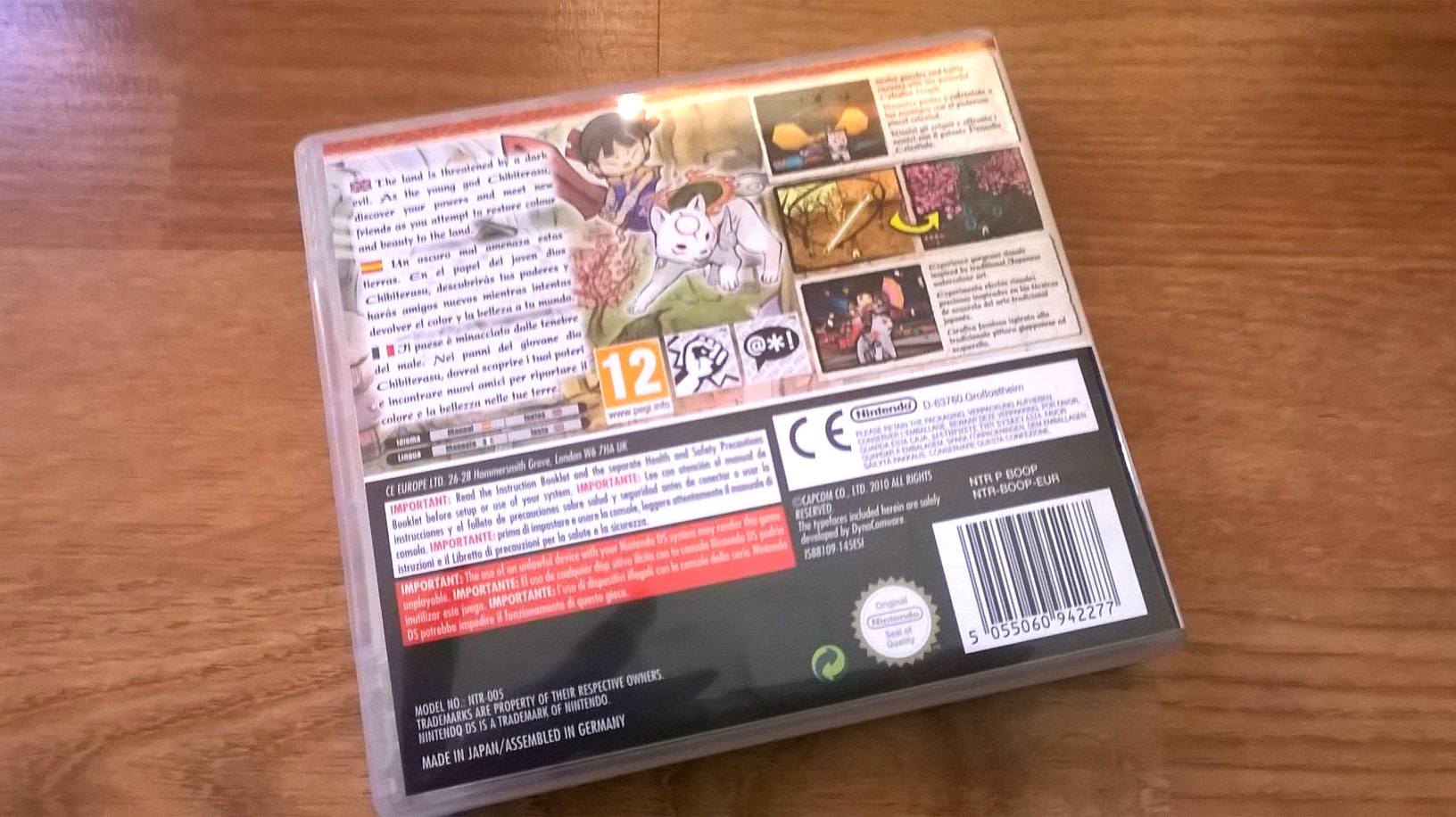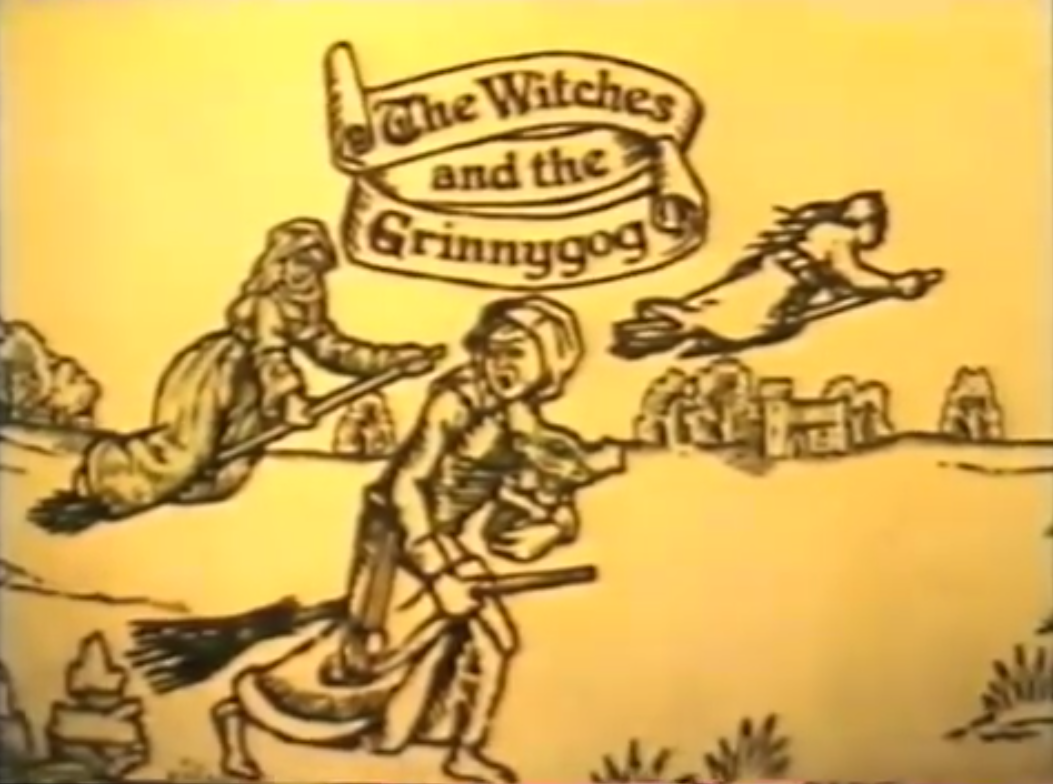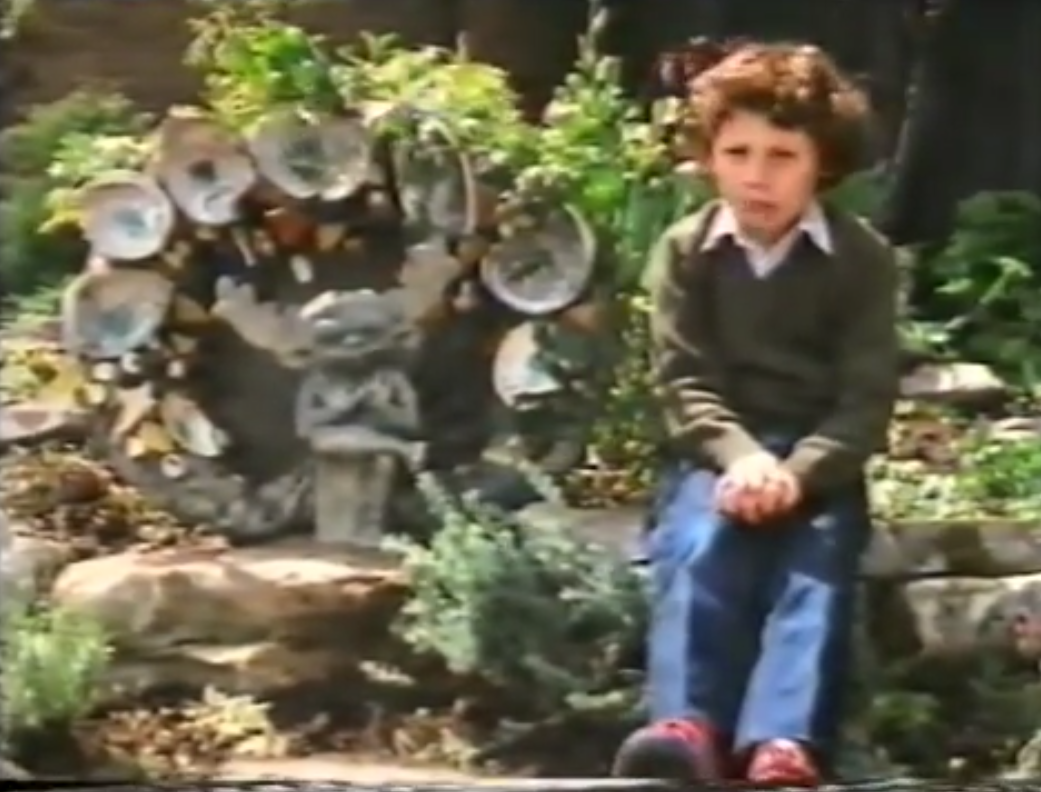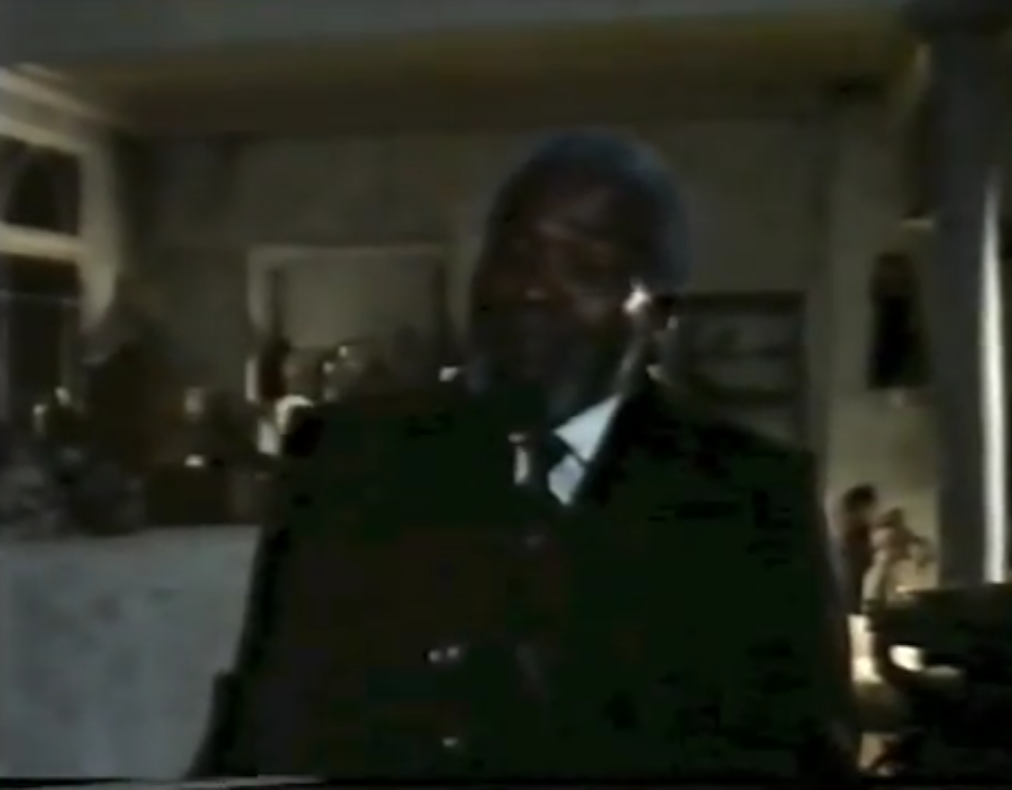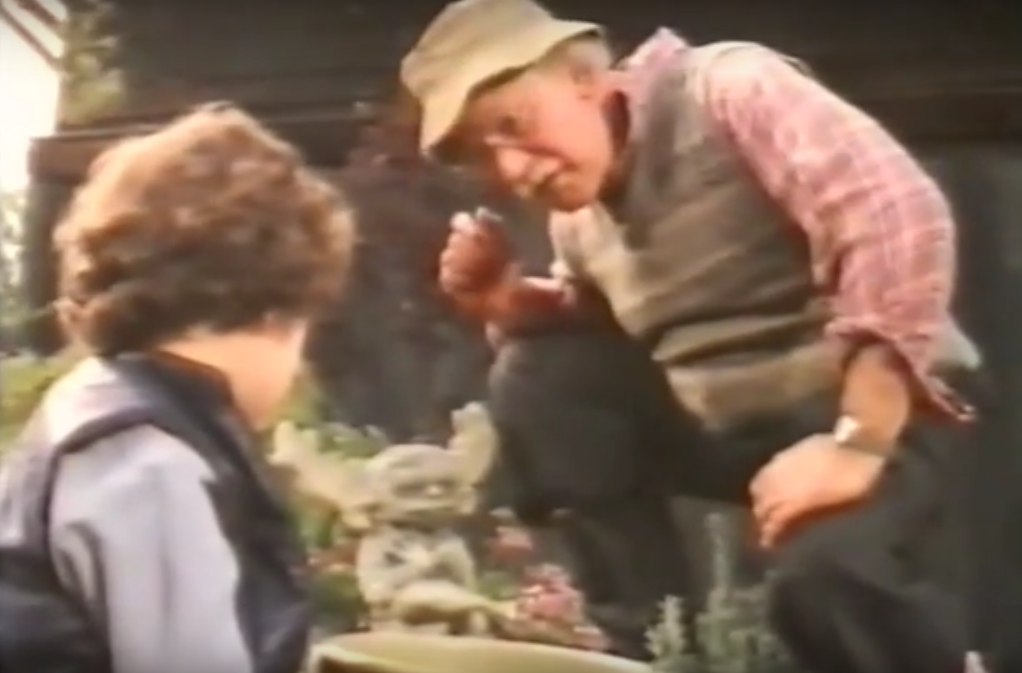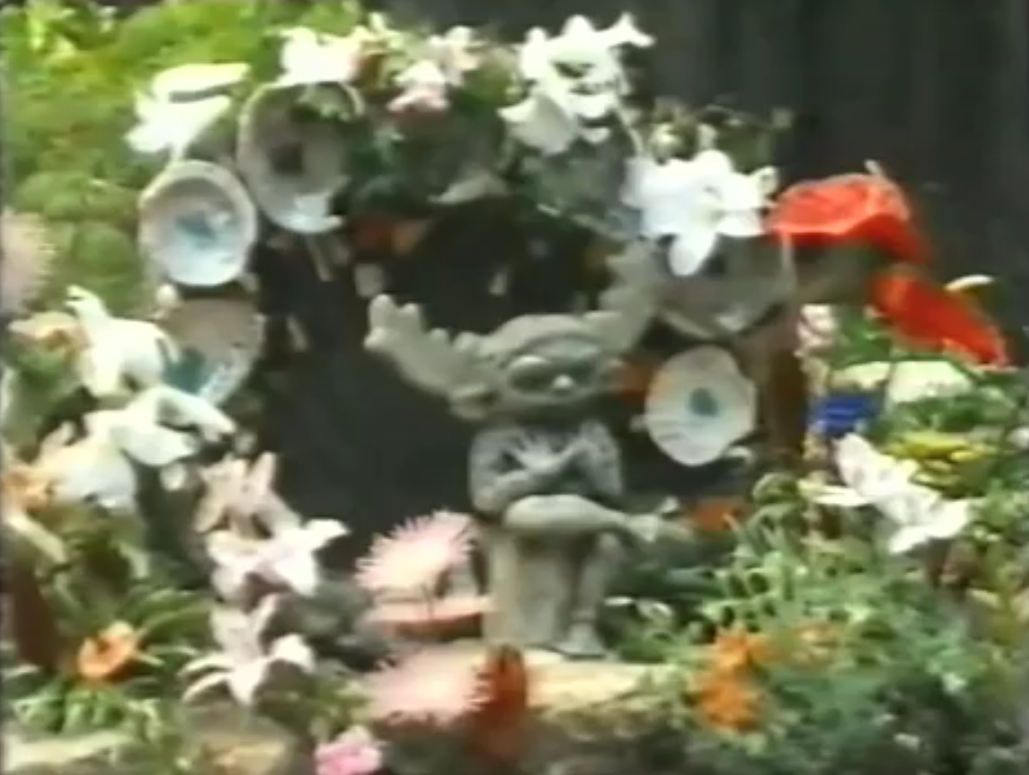Virginia is an interesting new piece of work by 505 Games. The story places you as a young female FBI Agent, a new recruit who is partnered with Agent Halperin to solve a missing persons case in the beautiful and sleepy town of Kingdom, Virginia. The story is deeply involving as your agent is tasked with monitoring her partner as well as dealing with the missing persons case.
As a video game this premise is an intriguing one and the game itself is difficult to categorise, as it is a walking simulator but not in a way that many gamers see as negative, it creates a compelling narrative without a word being uttered and moves at a cracking pace. There isn't the usual traipsing from place to place slowly, don't get me wrong there is a lot of walking but the game designers were intelligent enough to edit the work so that quick cuts happen often and are cinematic and effective, thus you may find yourself walking down a flight of stairs one moment and in the next you are in a car on the way to Kingdom. As a result the game comes off more as a fast-paced police procedural as you try to figure out what just happened.
Over the course of the two or so hours you follow clues and enter mysterious red doors which act almost like portals to another place, a place out of time. It would be lazy to mention Twin Peaks but the fact is that it is an obvious influence, as is The X Files and many modern cop shows with fast edits and quick pacing.
The game is visually beautiful and the art style is evocative of Thirty Flights of Loving by Brendon Chung of Blendo Games, who the creators of Virginia cite as an influence. There are moments of stark beauty and emotive moments that are scored wonderfully by the Prague Philharmonic Orchestra. For a piece of work with no words said there are moments that will stay with you for a long time.
The visual style and the lack of dialogue make for a really surreal and unsettling atmosphere. I was legitimately enthralled and surprised by the story and once the game was over I sat for a while contemplating what it all meant. The Writers Guild of Great Britain has announced the nominations for its annual Writers' Guild Awards, and one of the three games nominated with a chance of winning an award for Best Writing in a Video Game in Virginia. This is high praise indeed and hopefully will propel Virginia into the limelight so it gets the attention it so deserves. Do yourself a favour and play it... you won't regret it!
